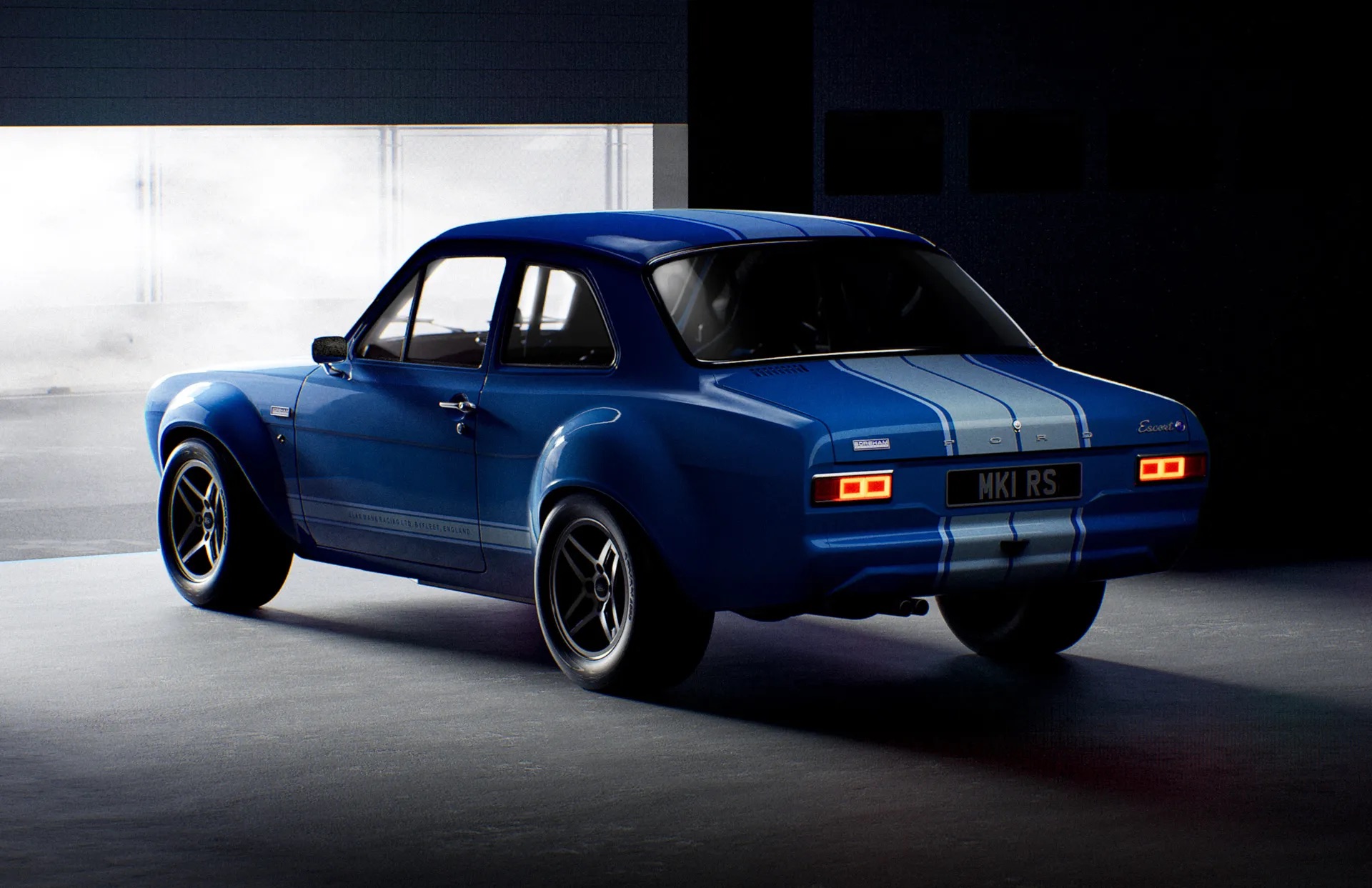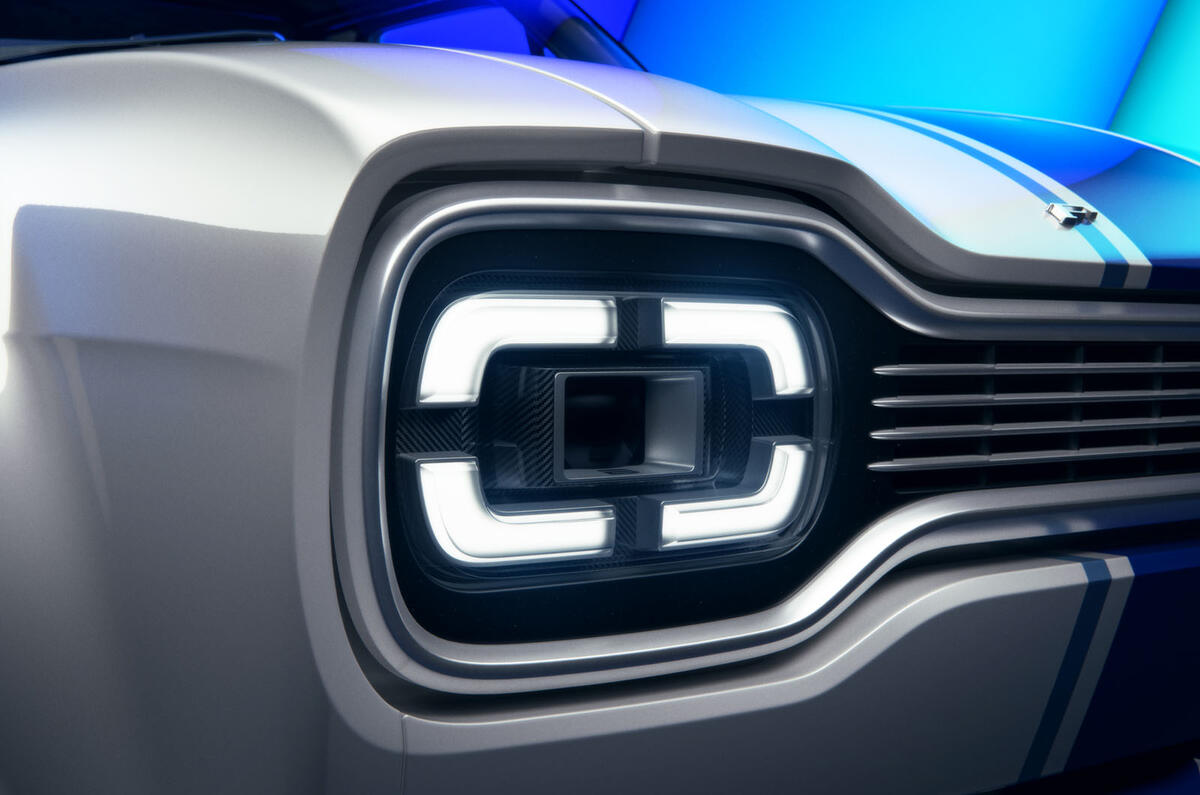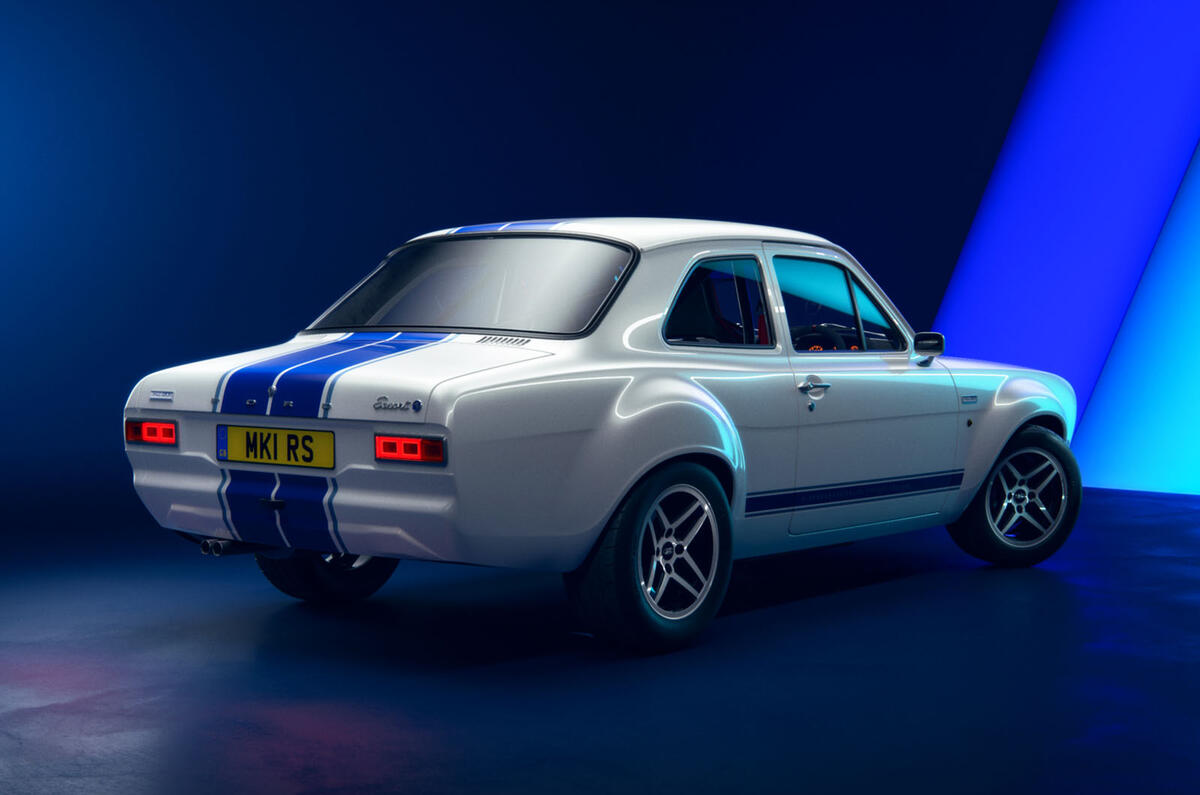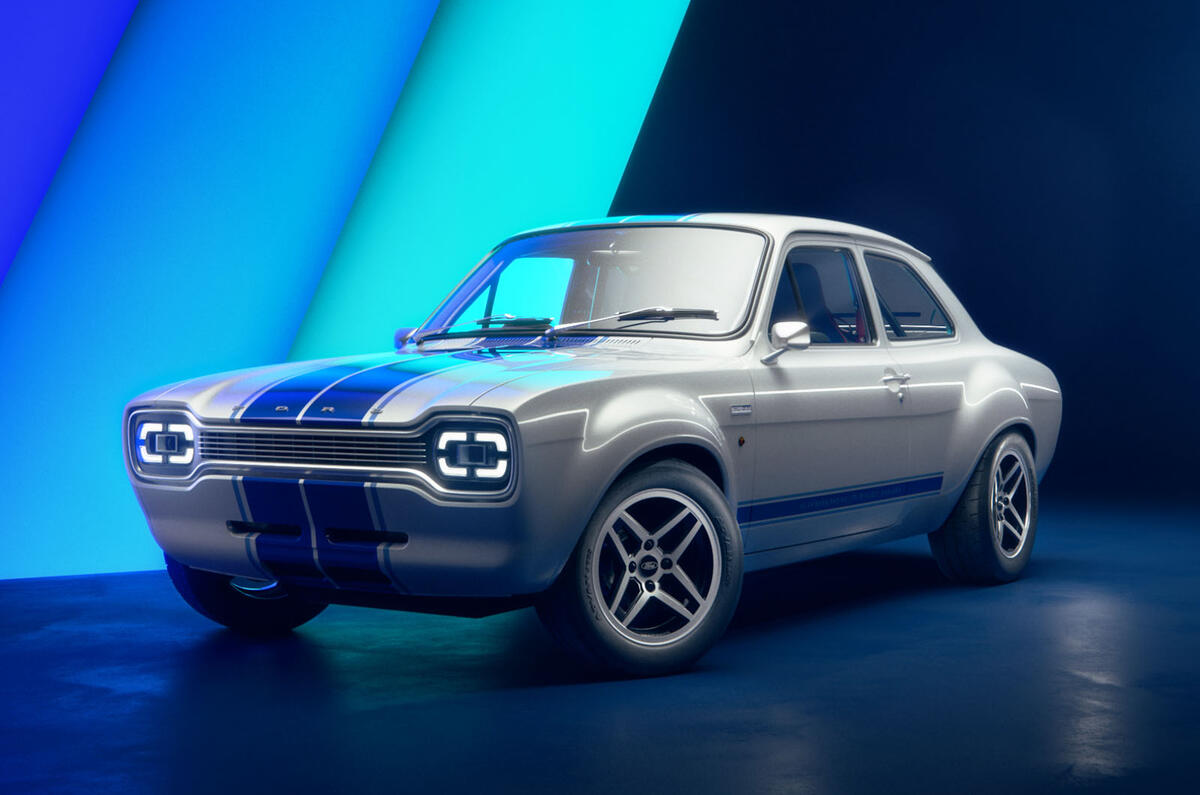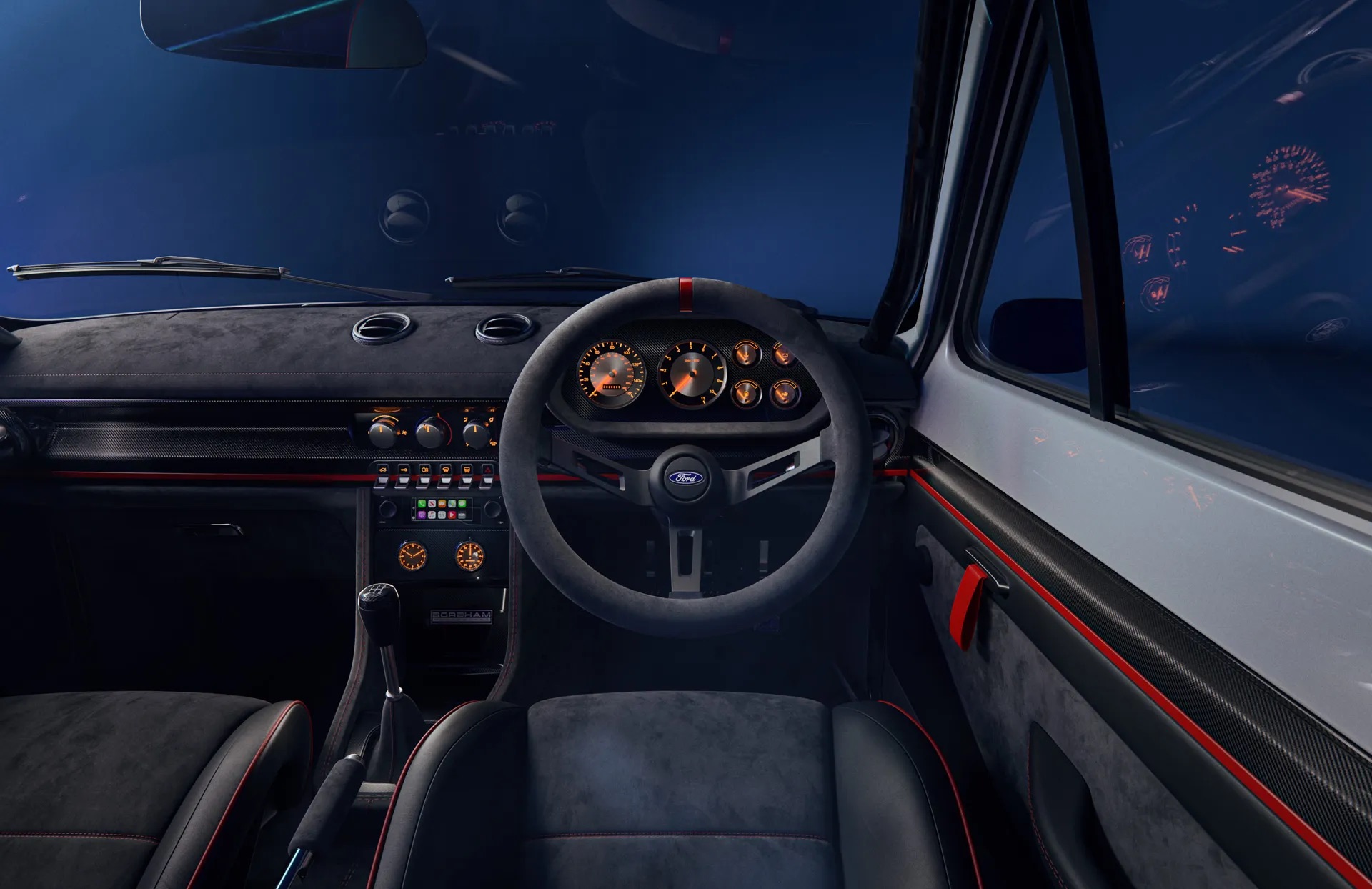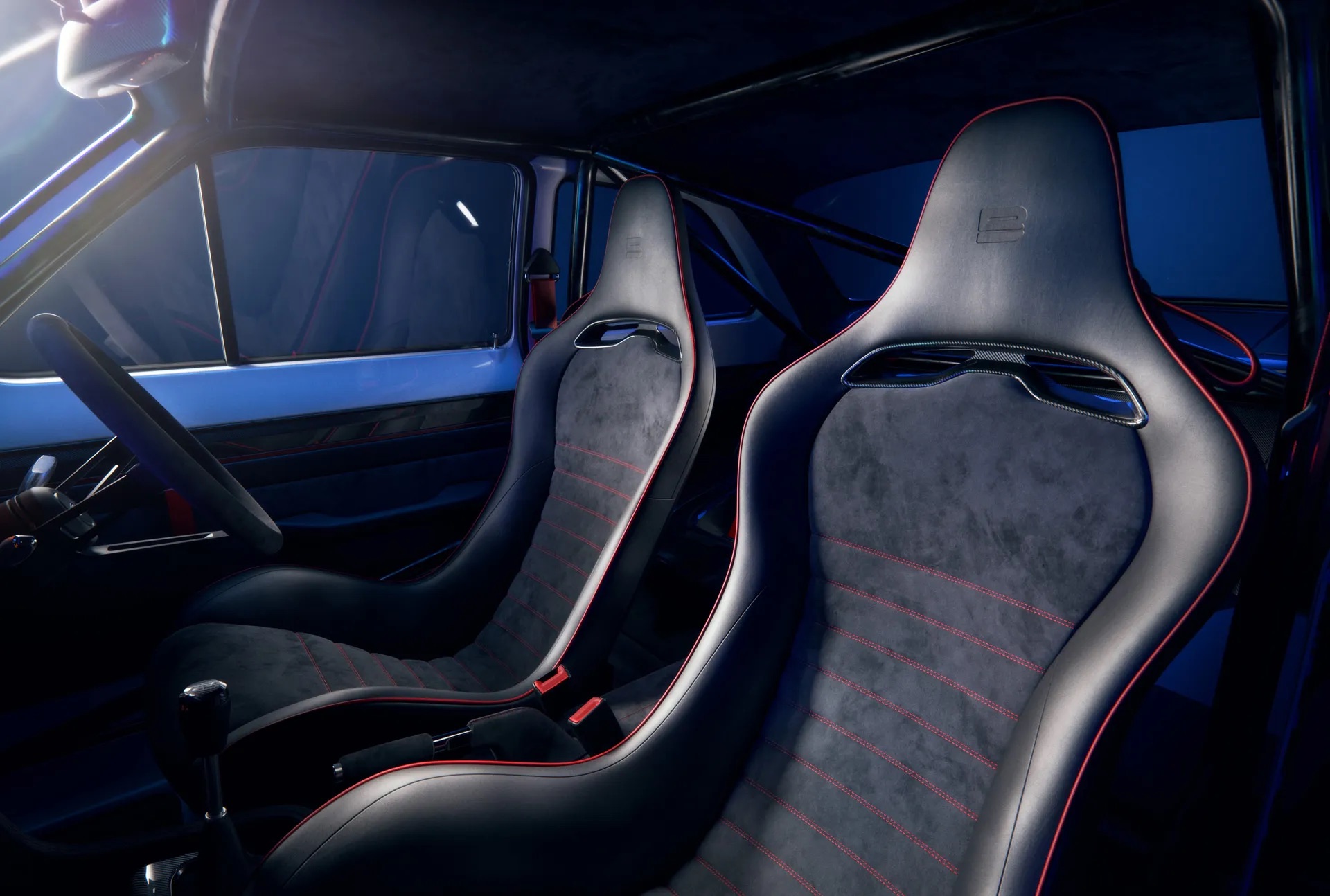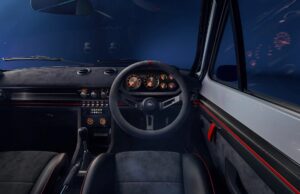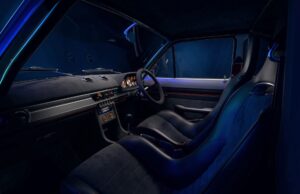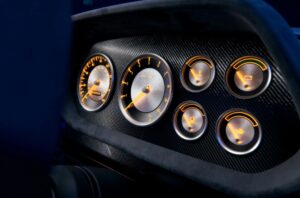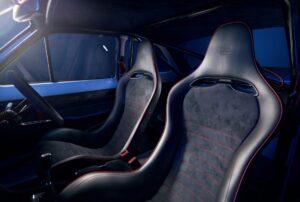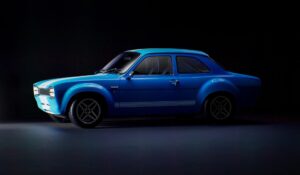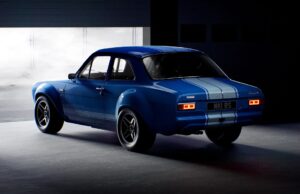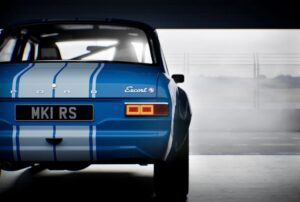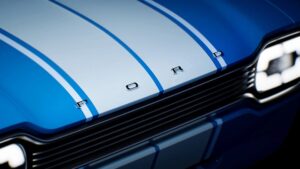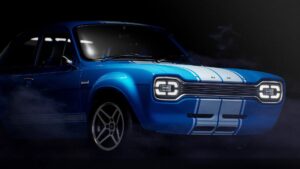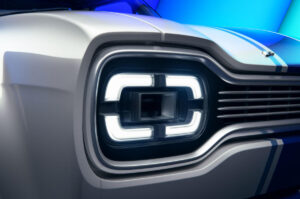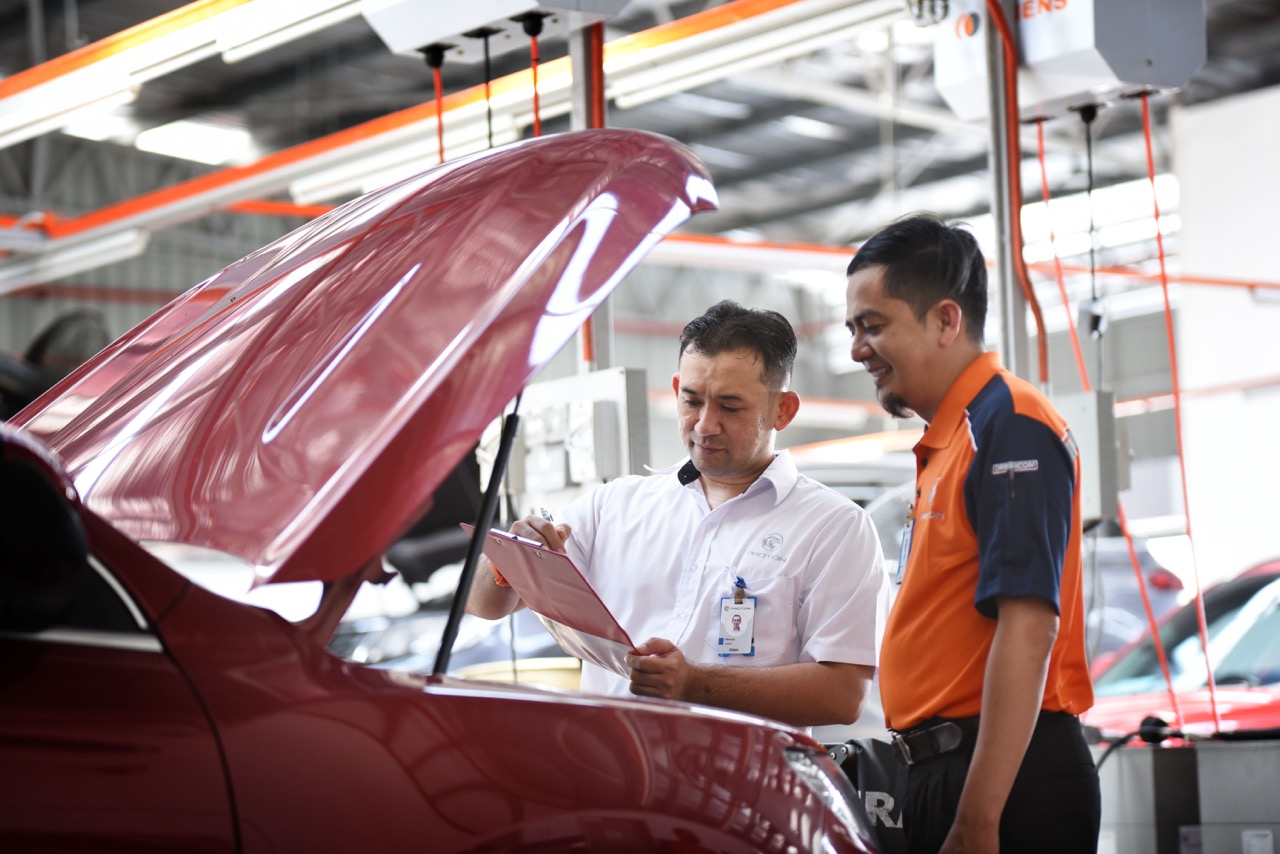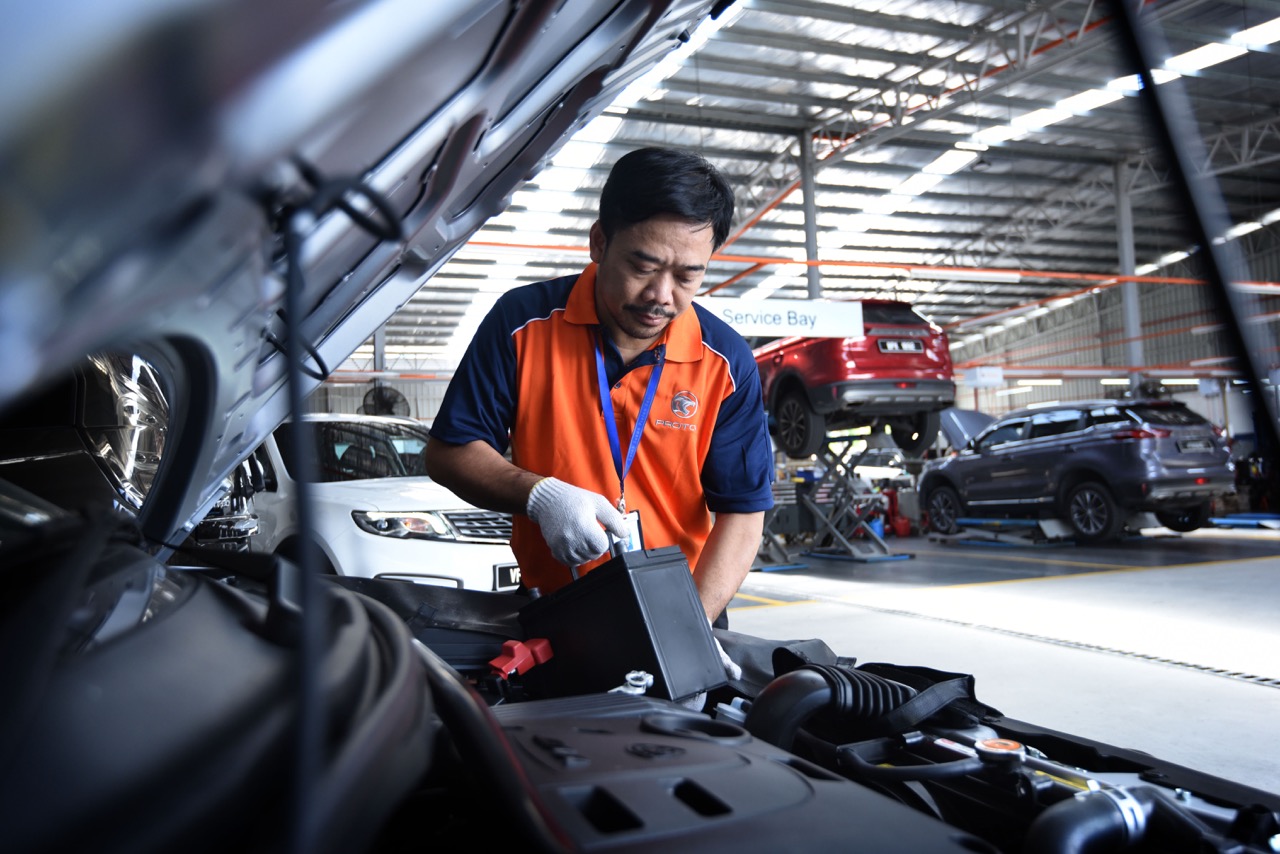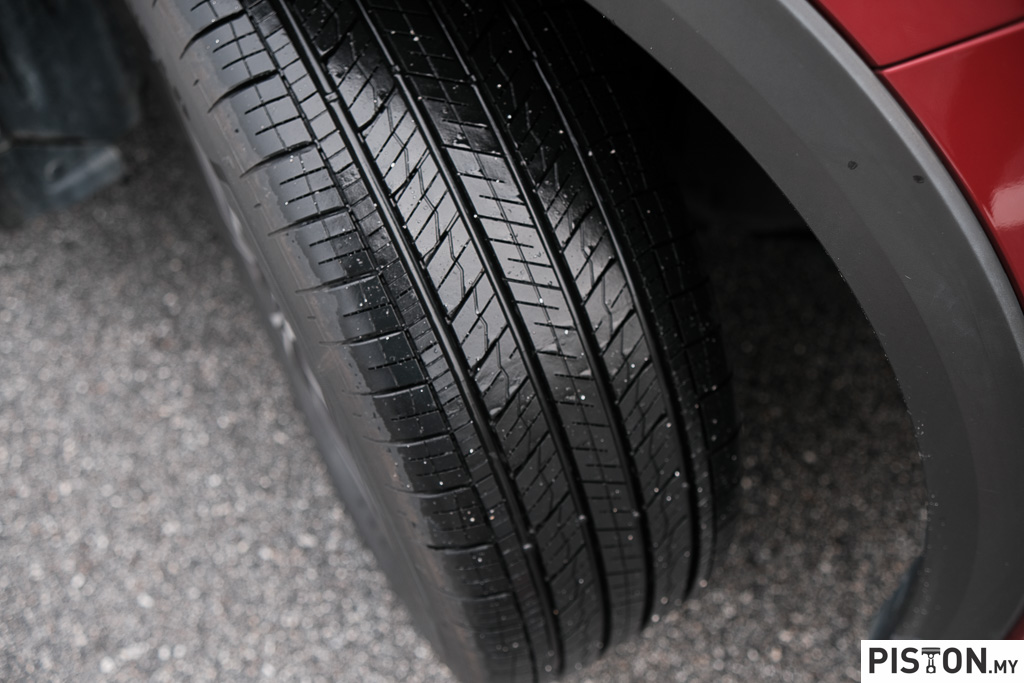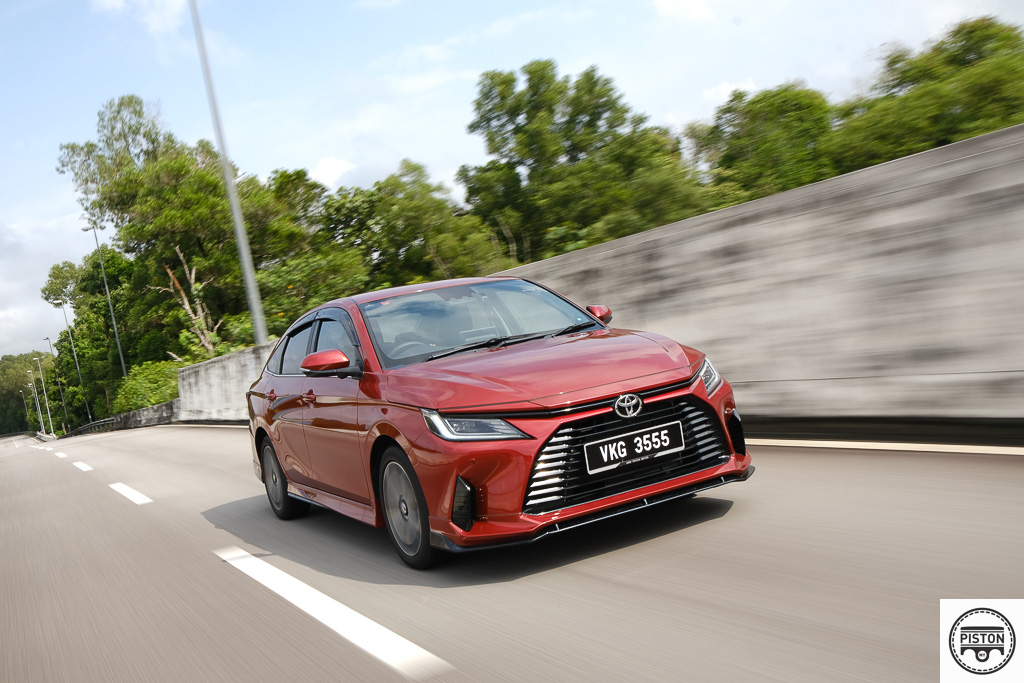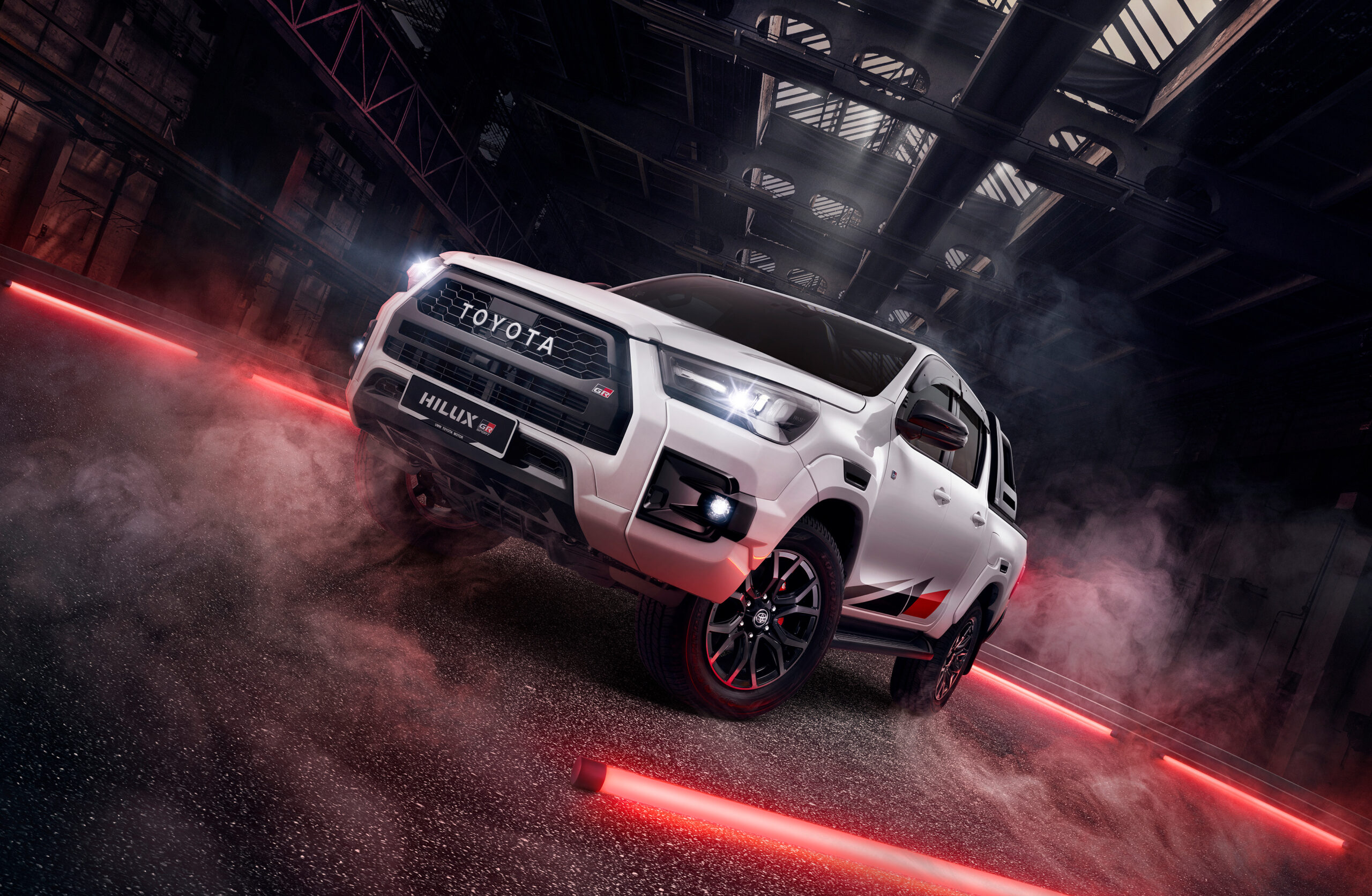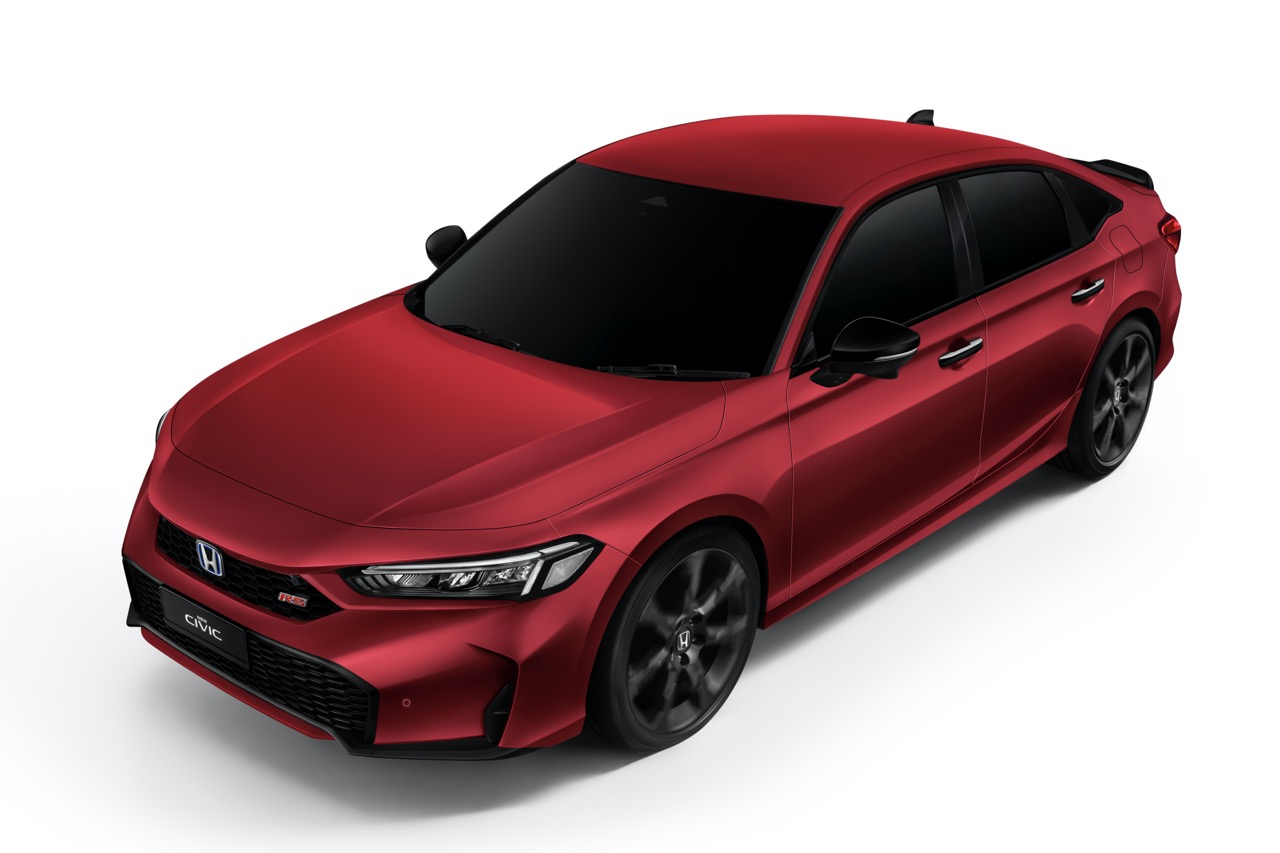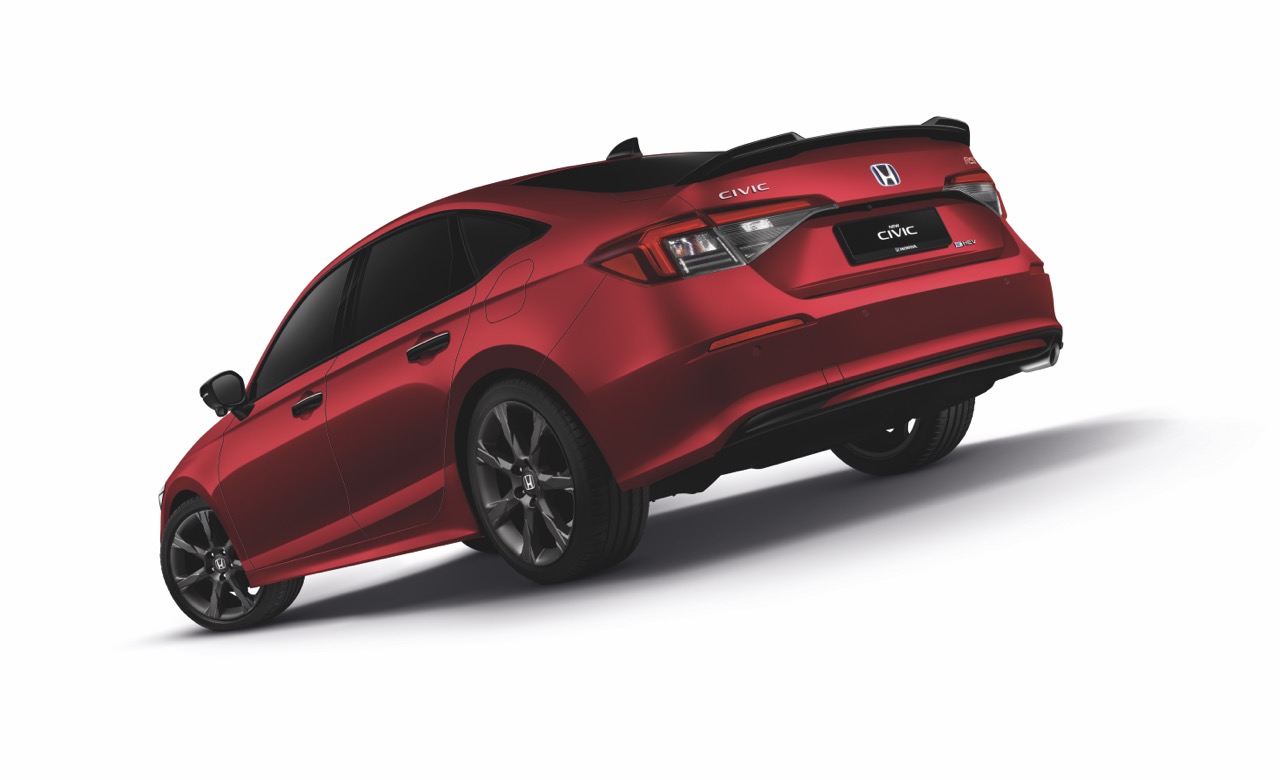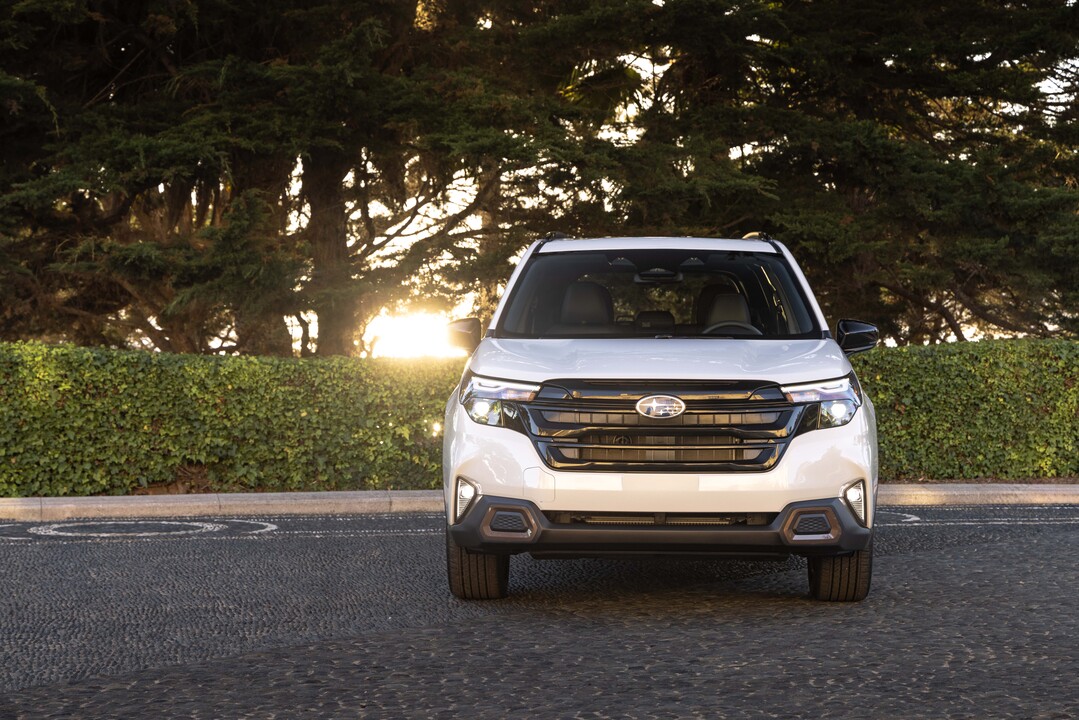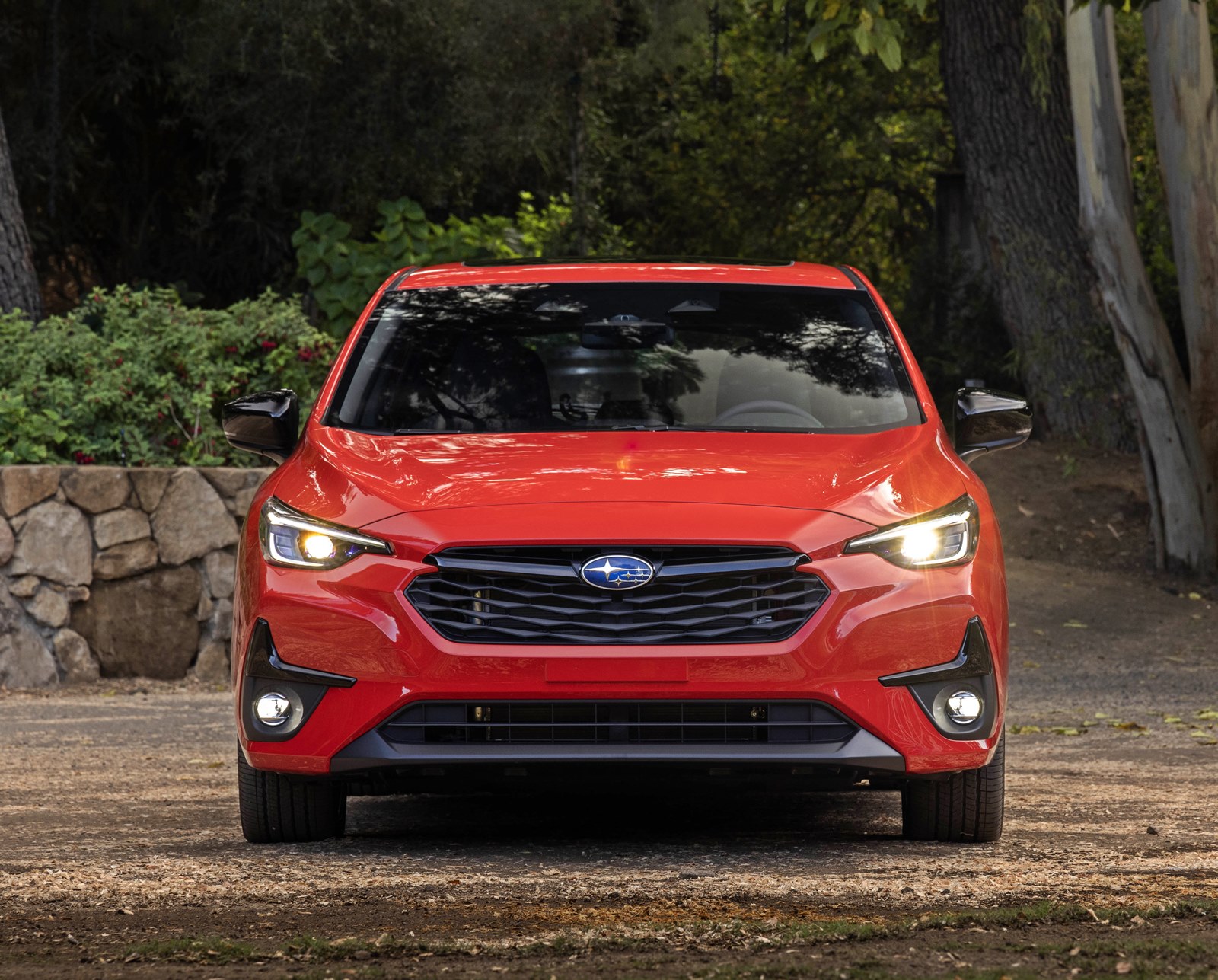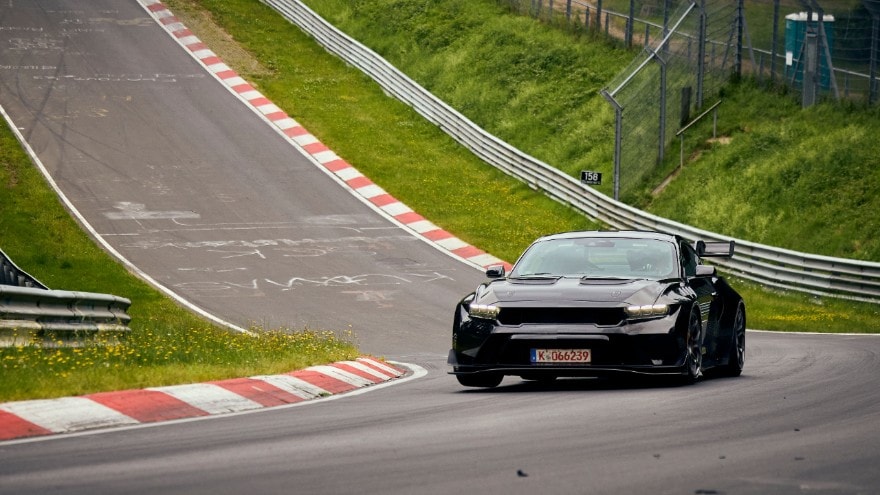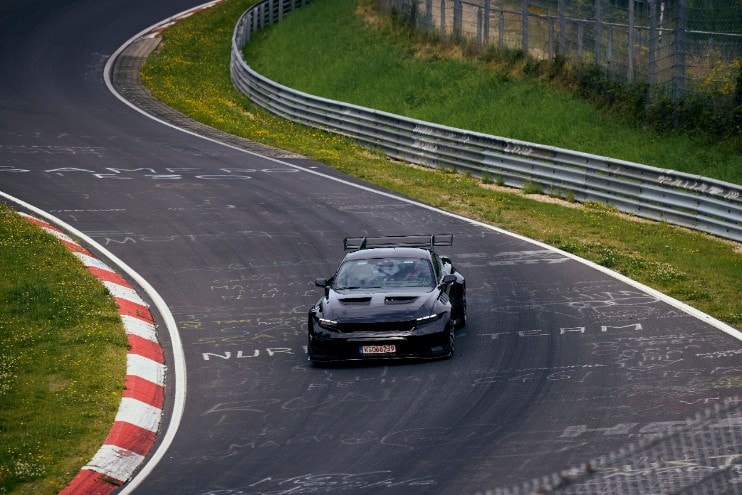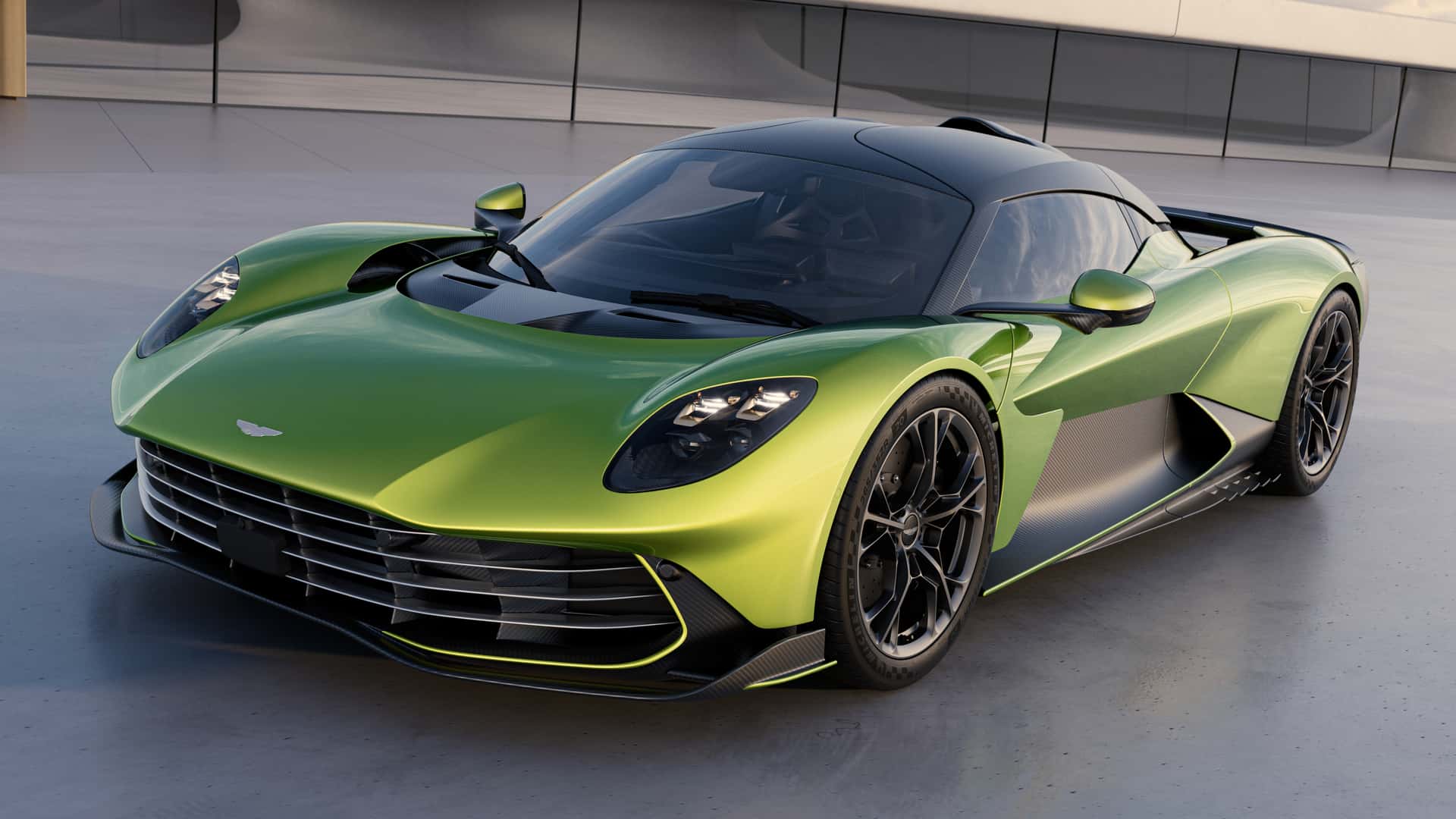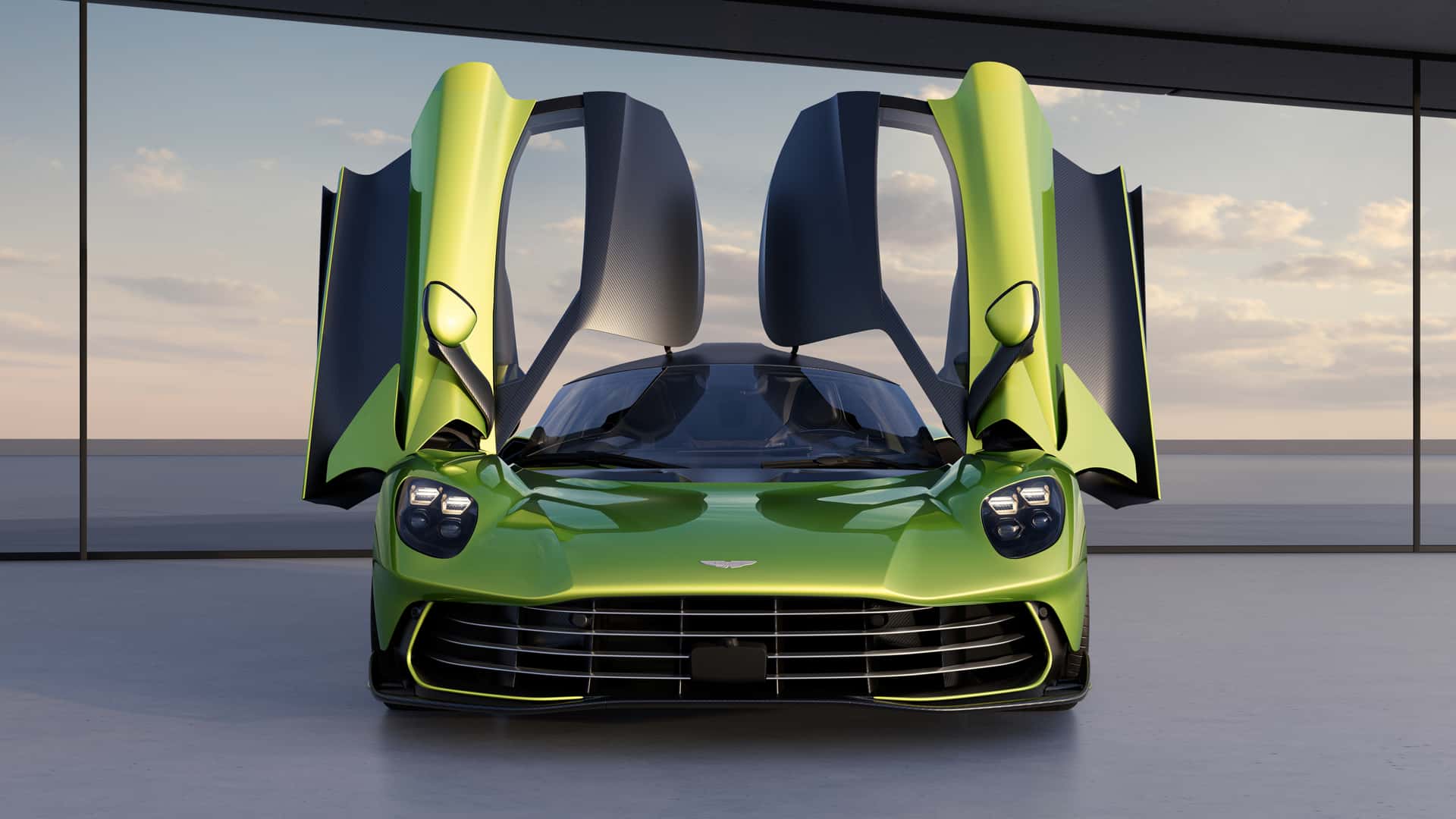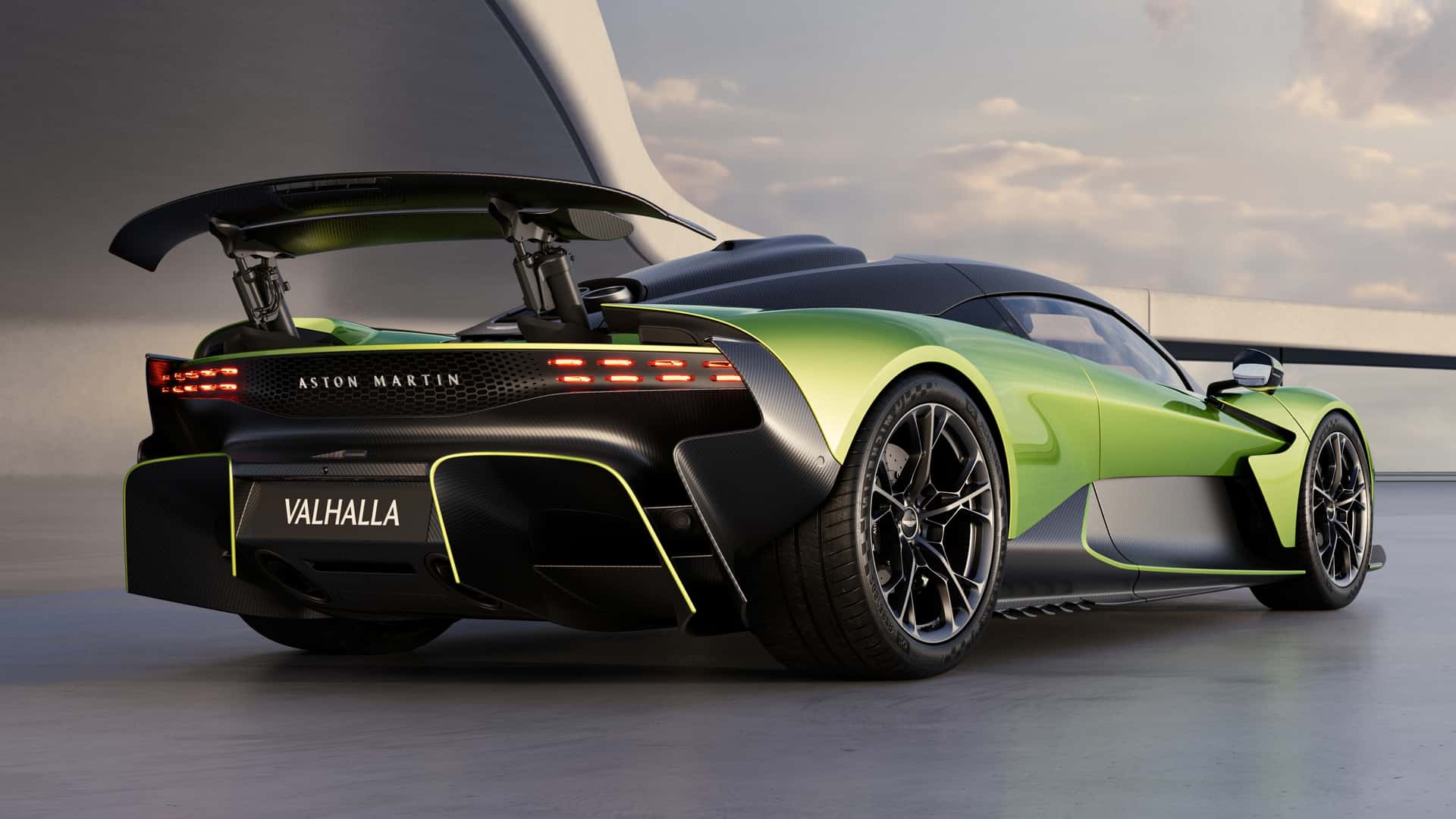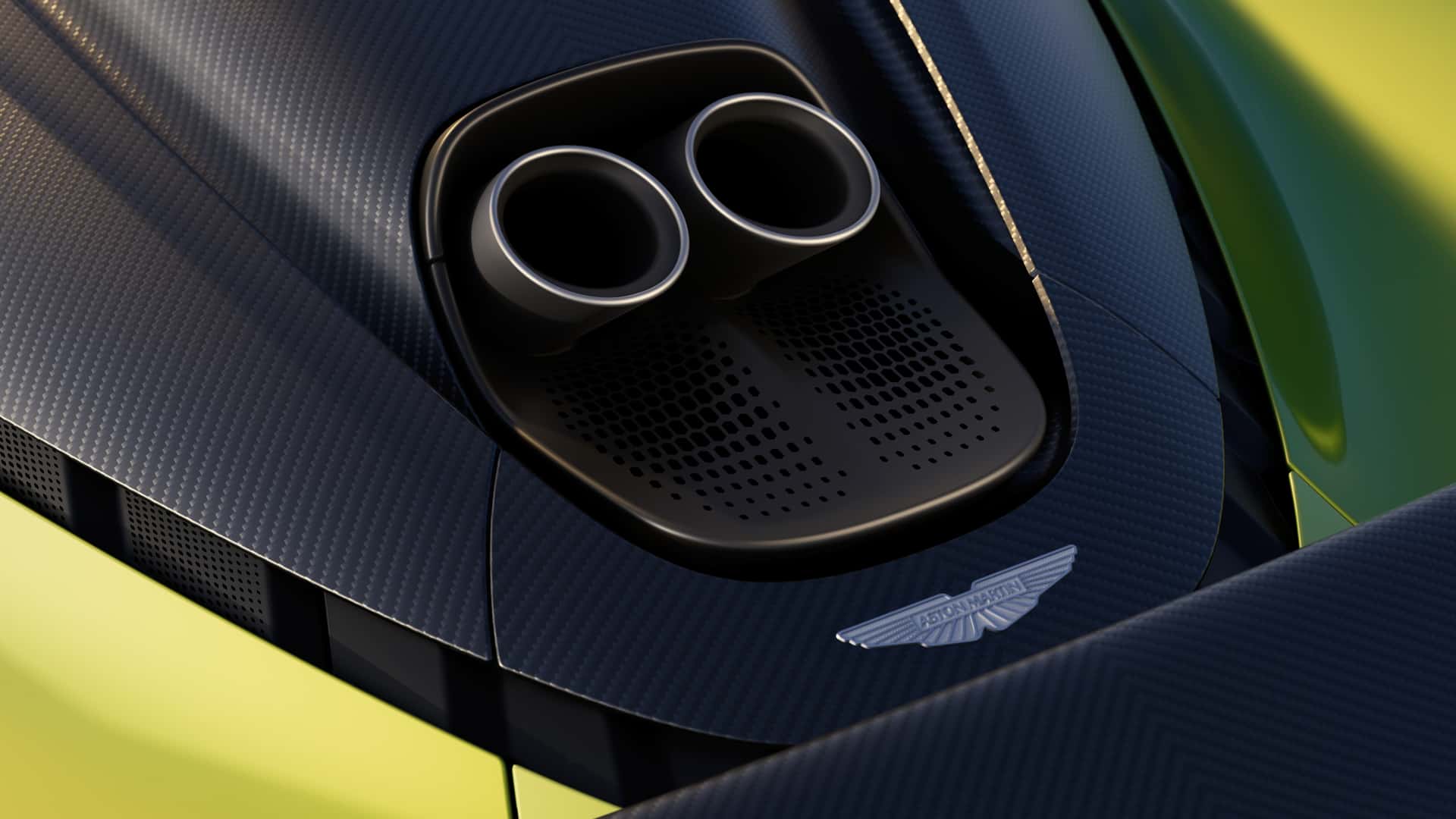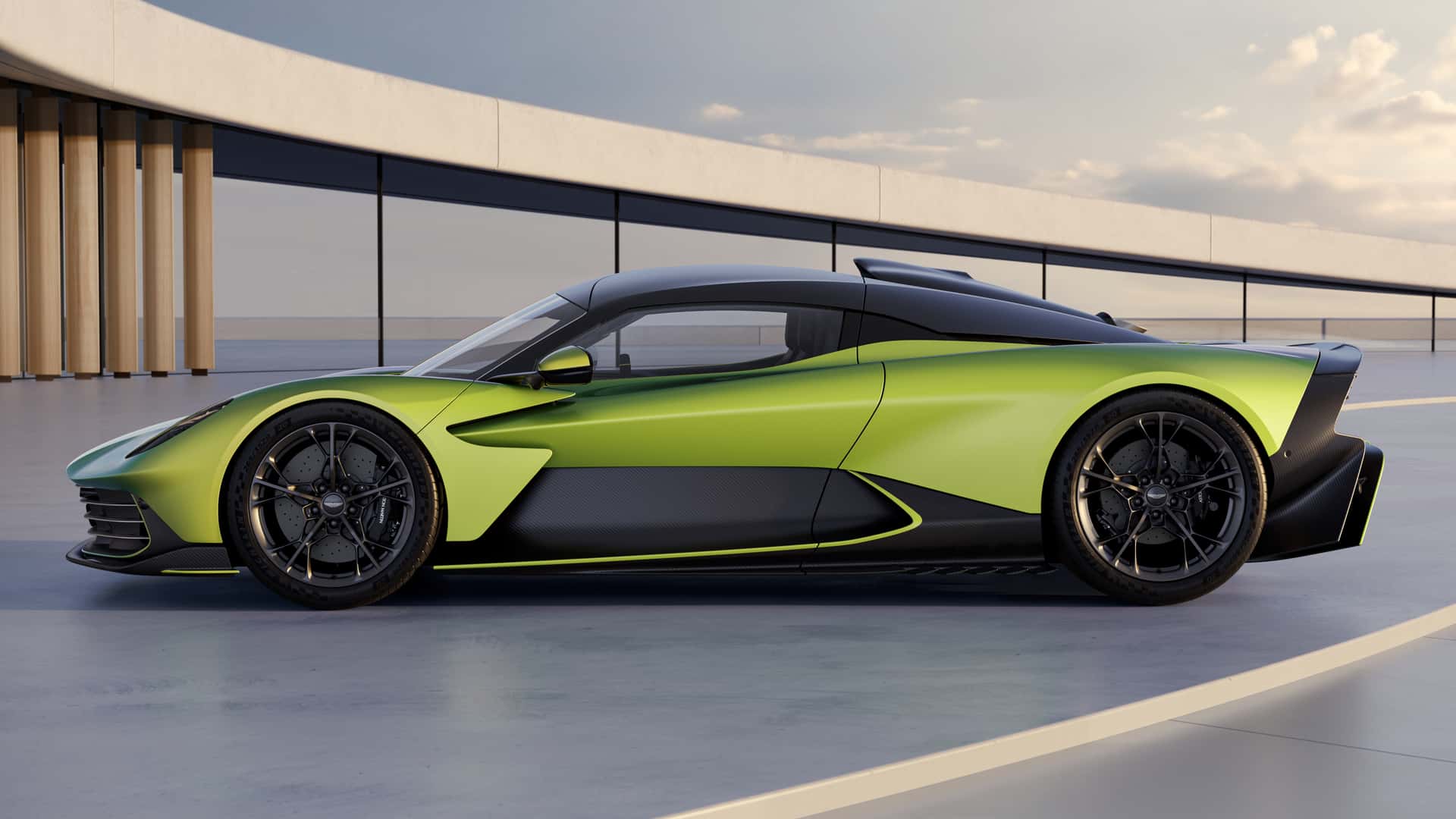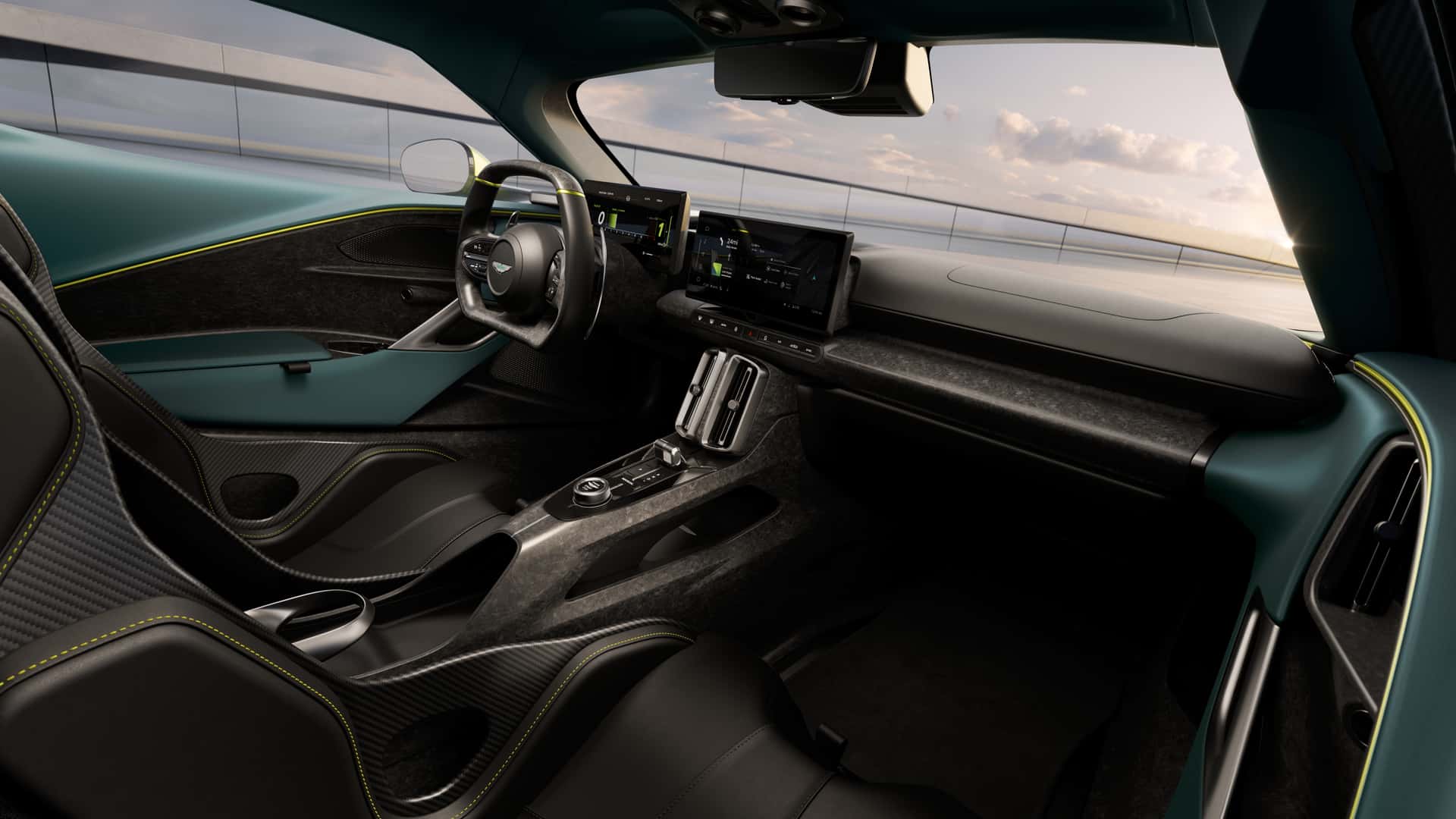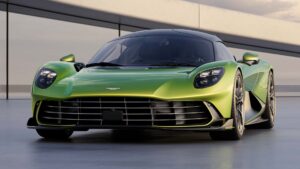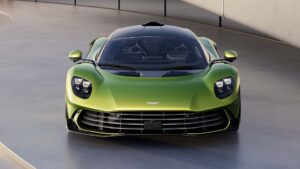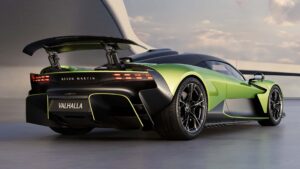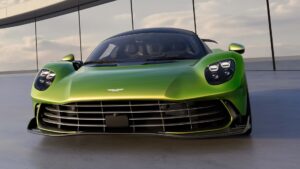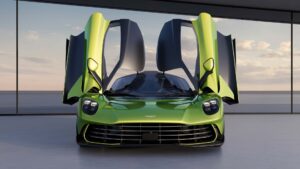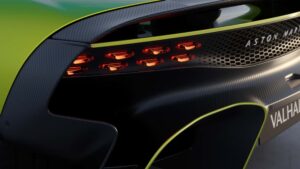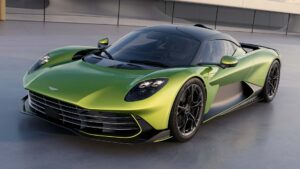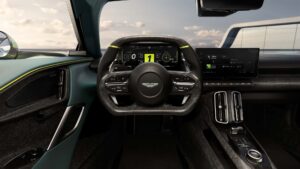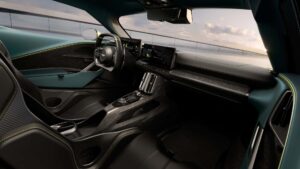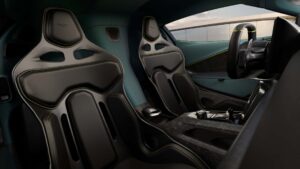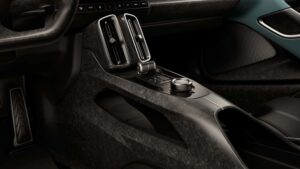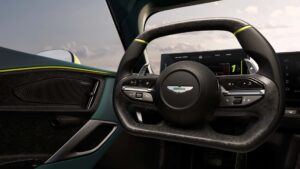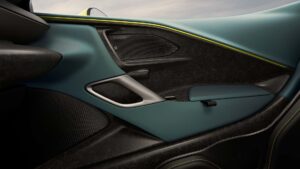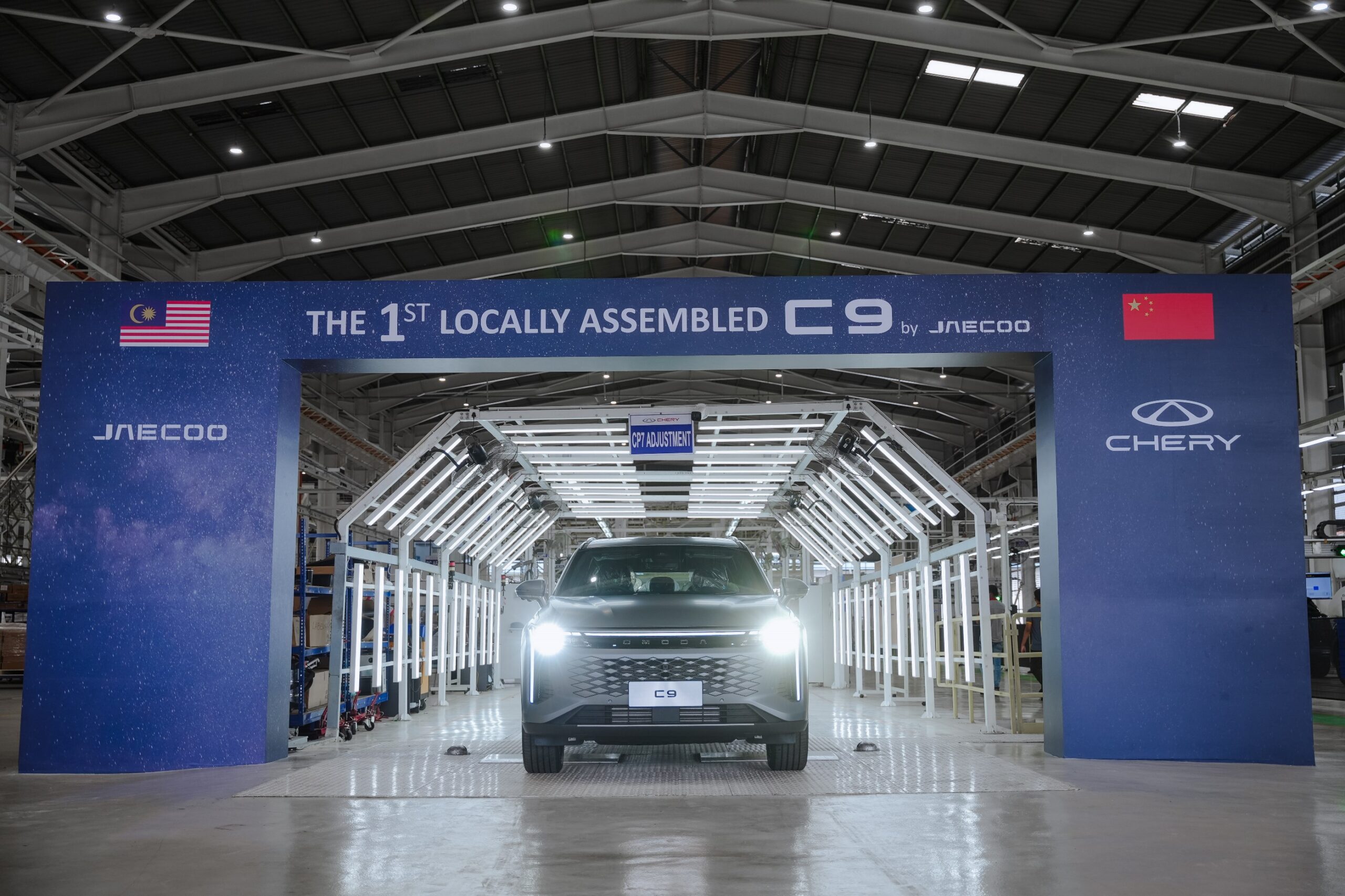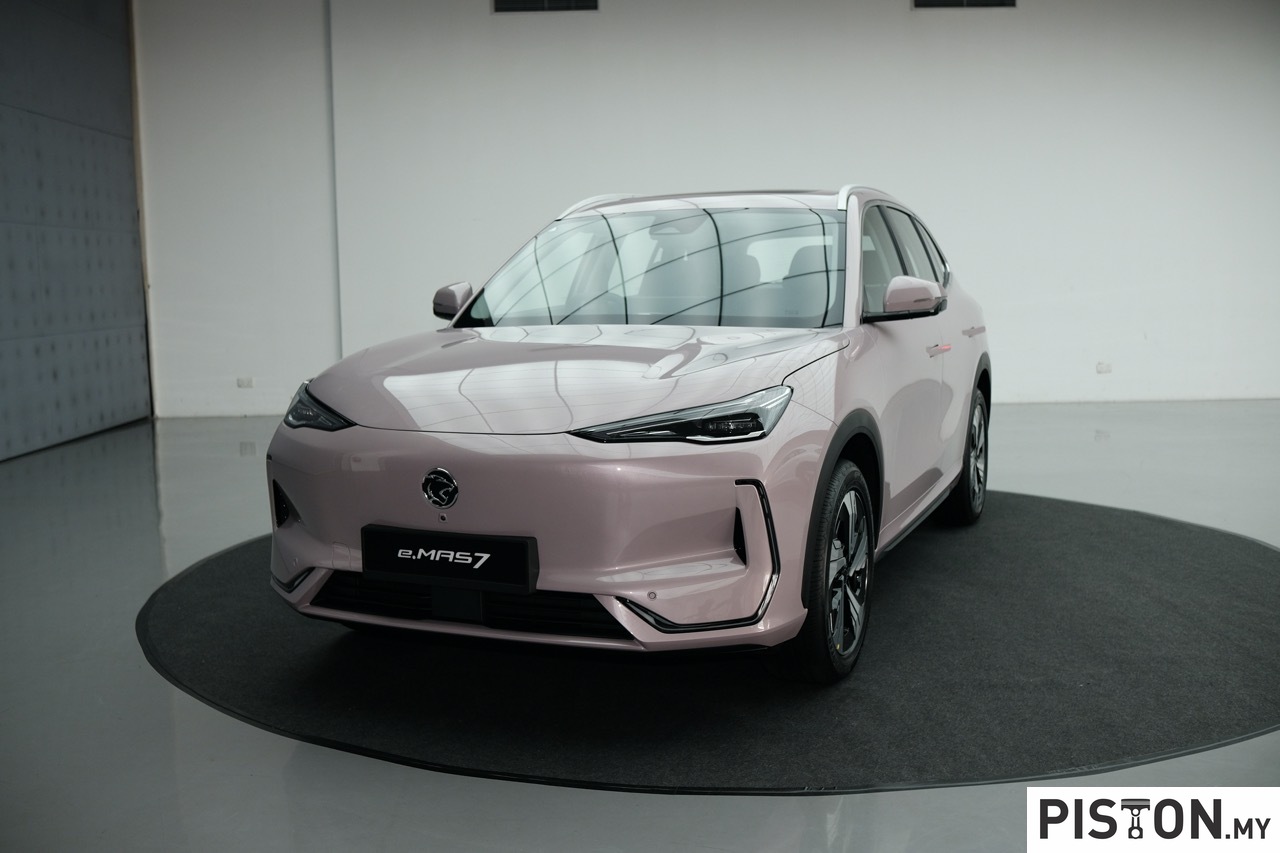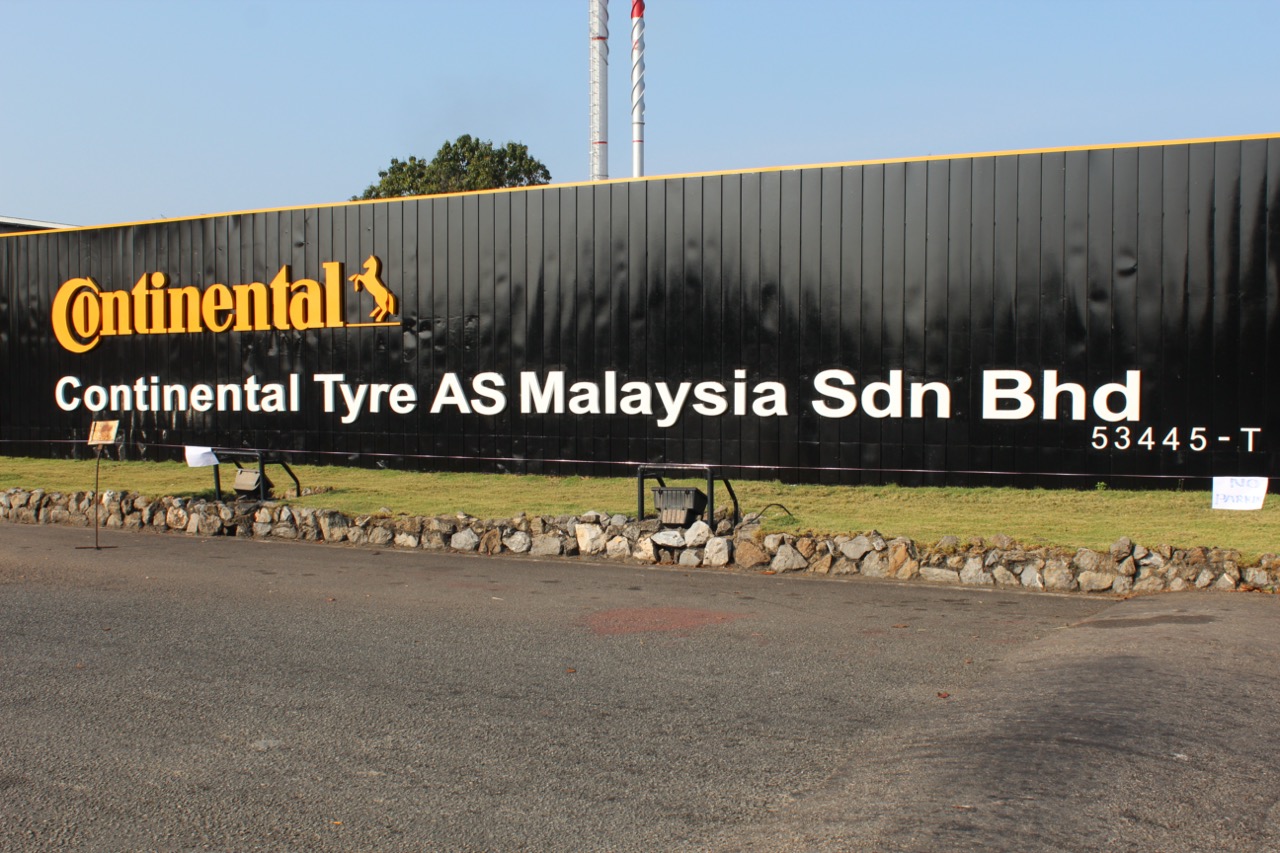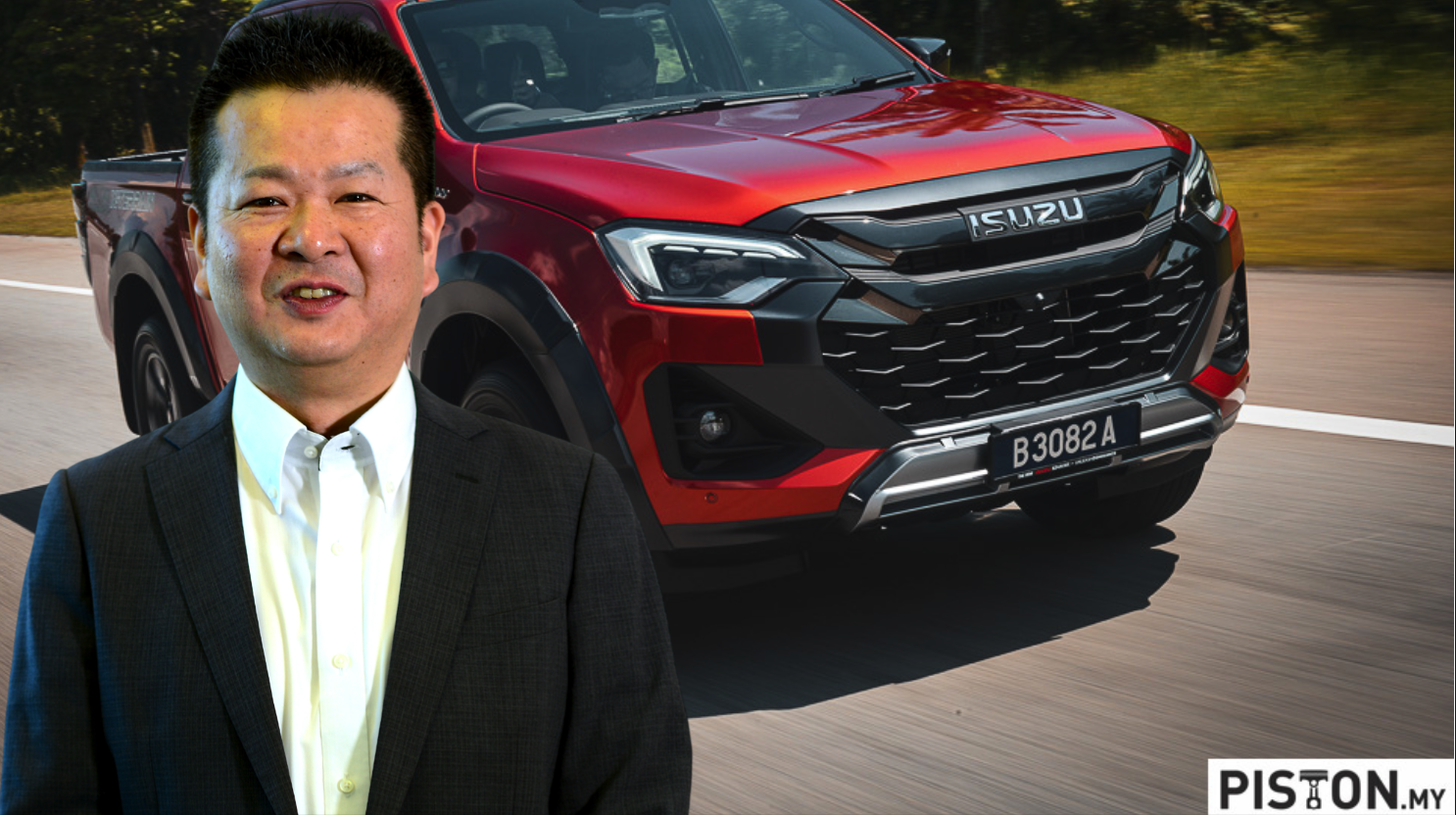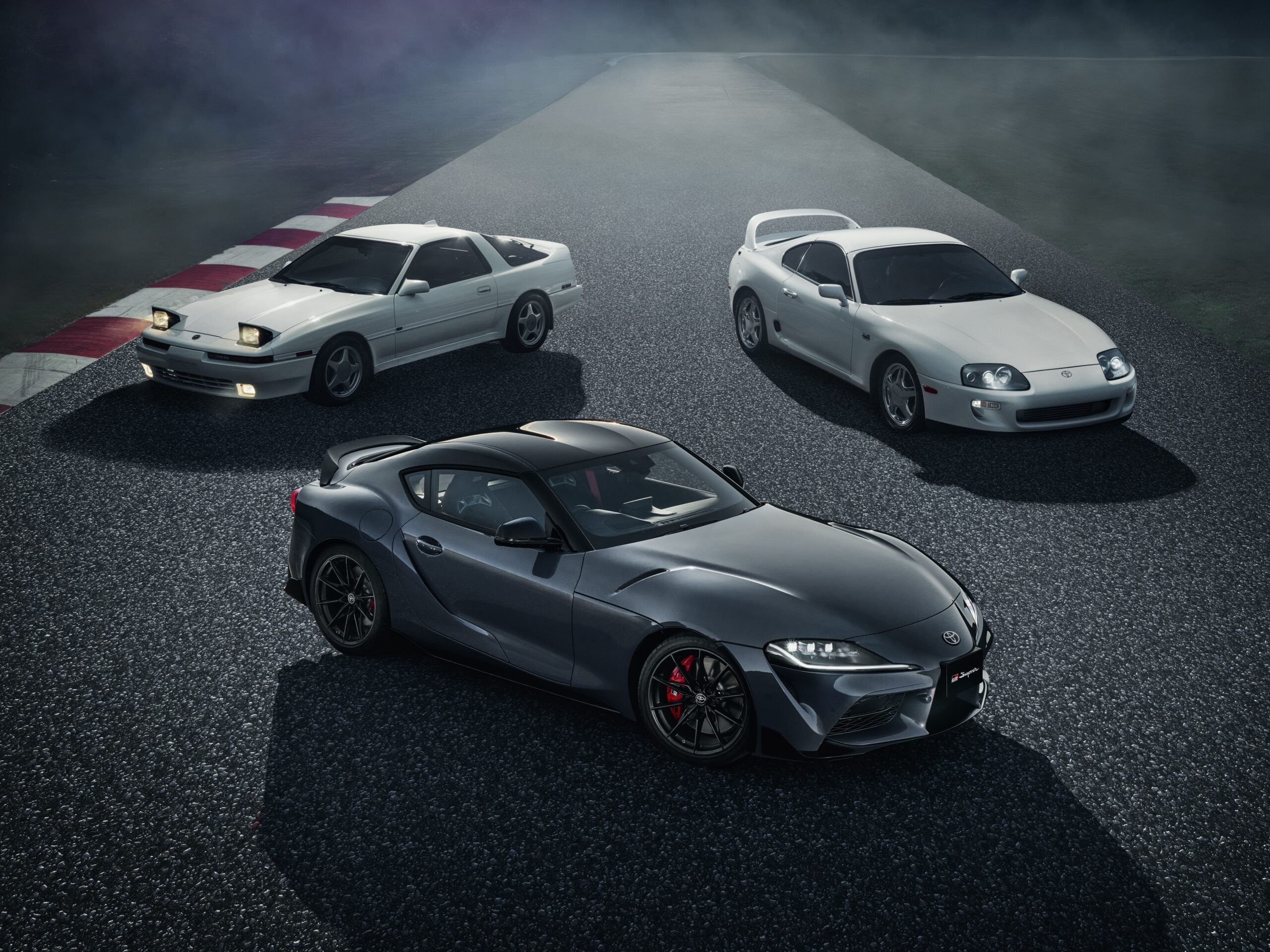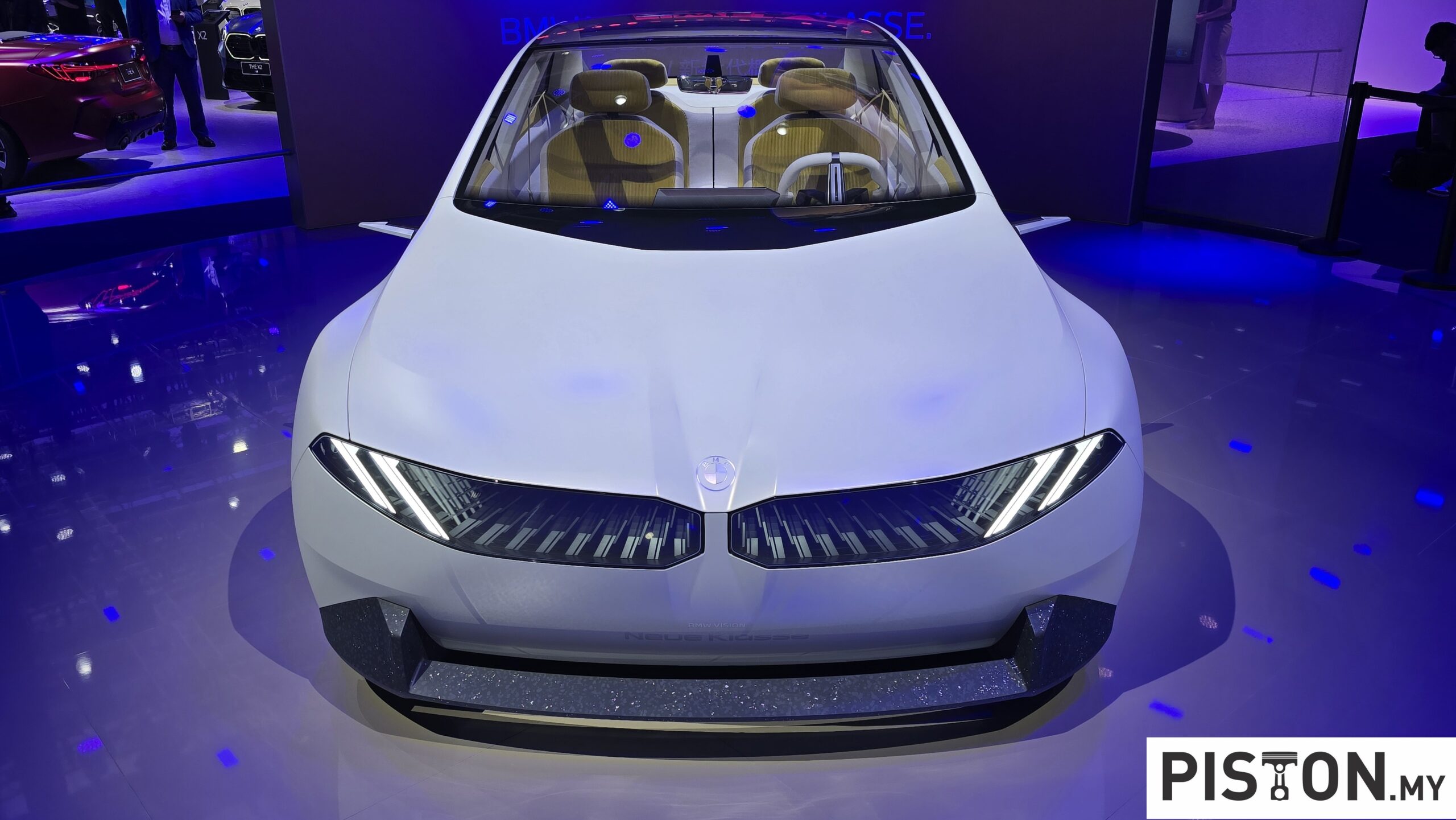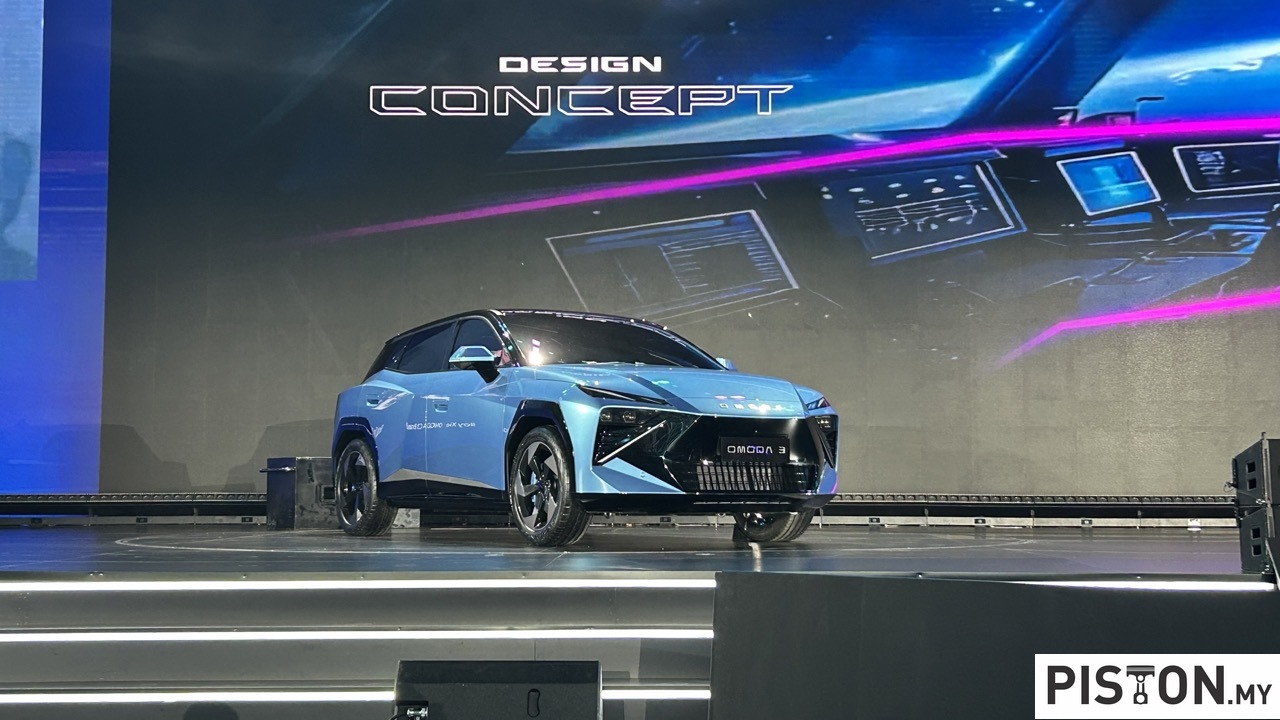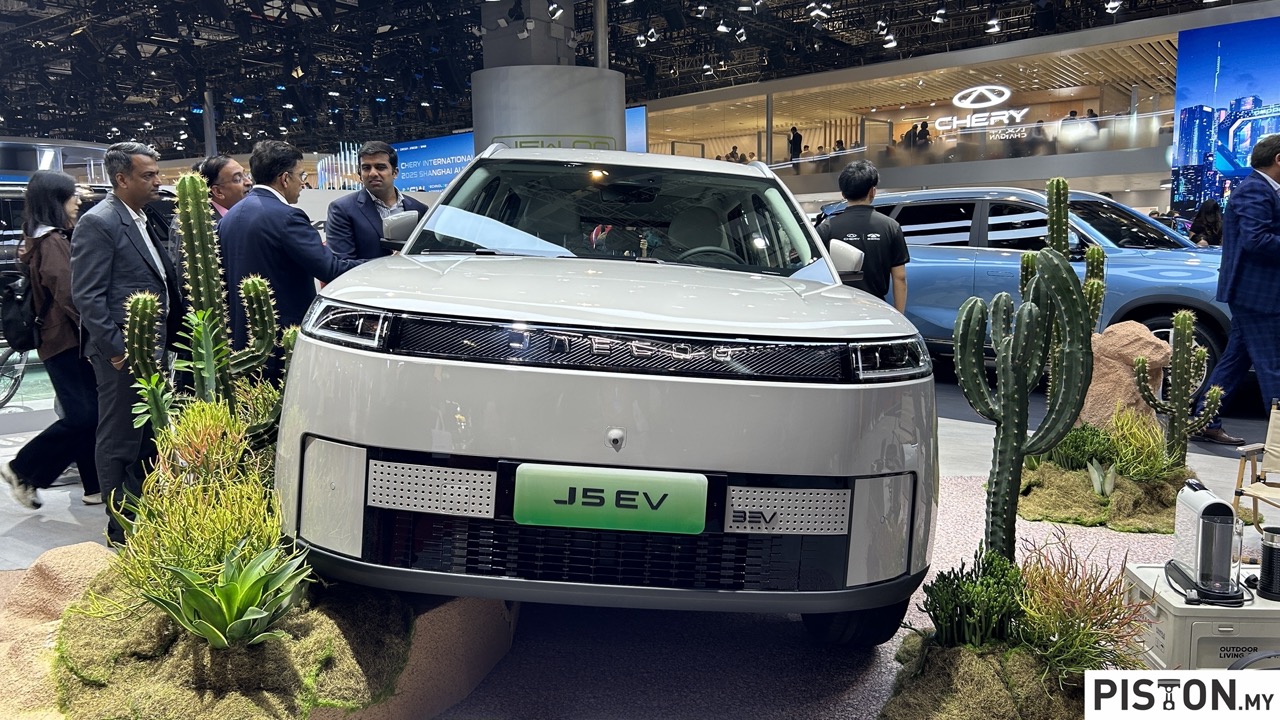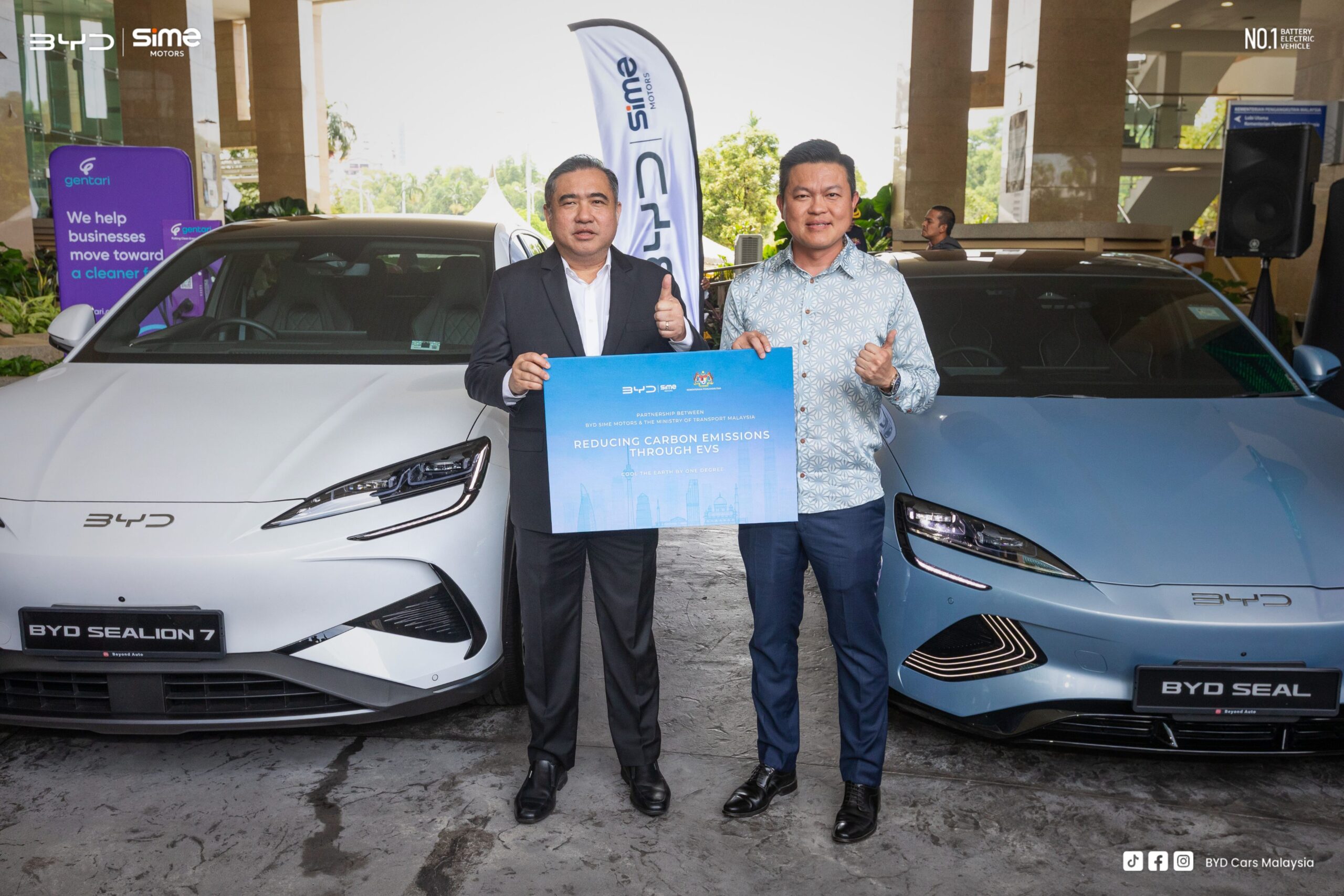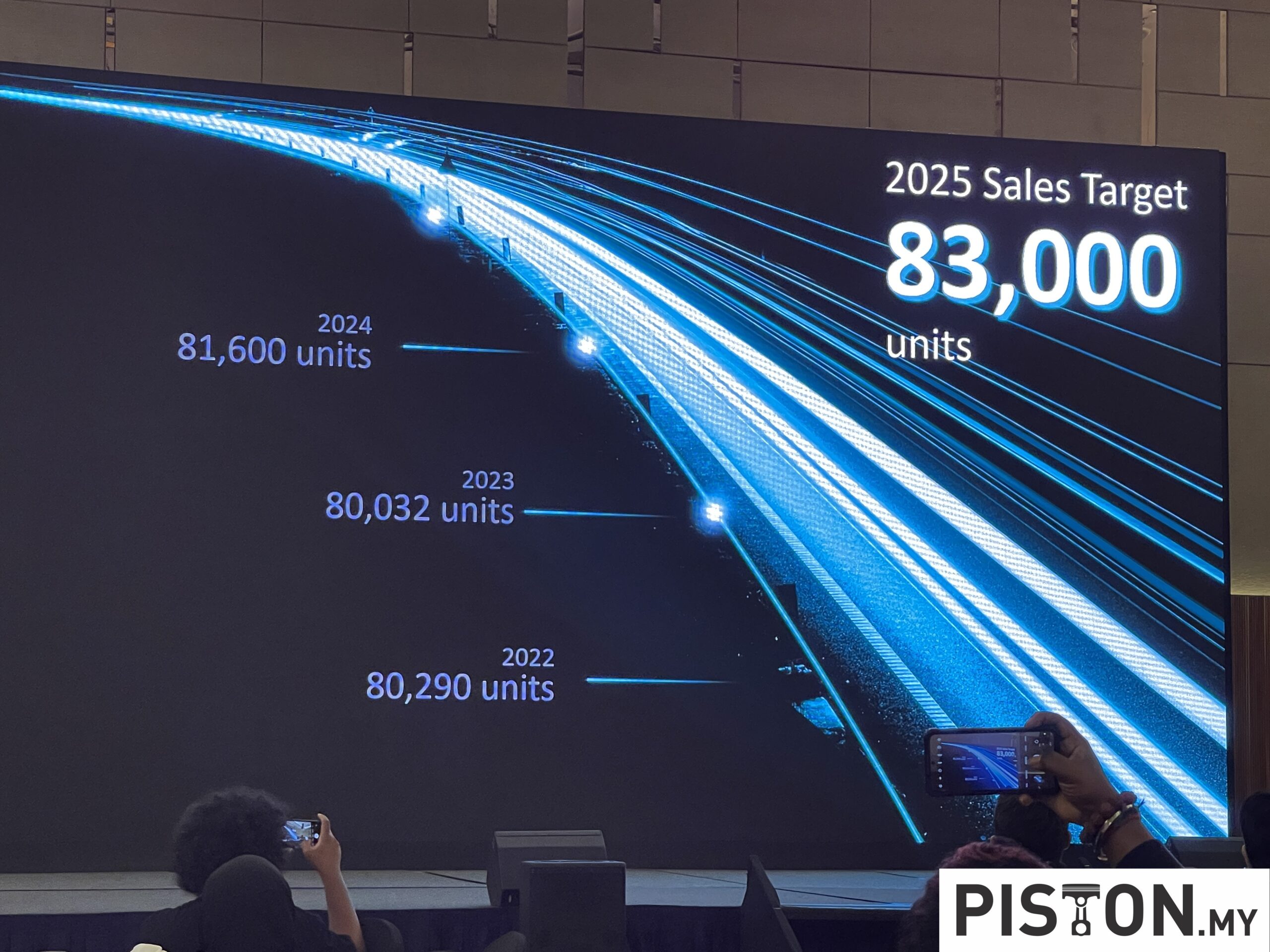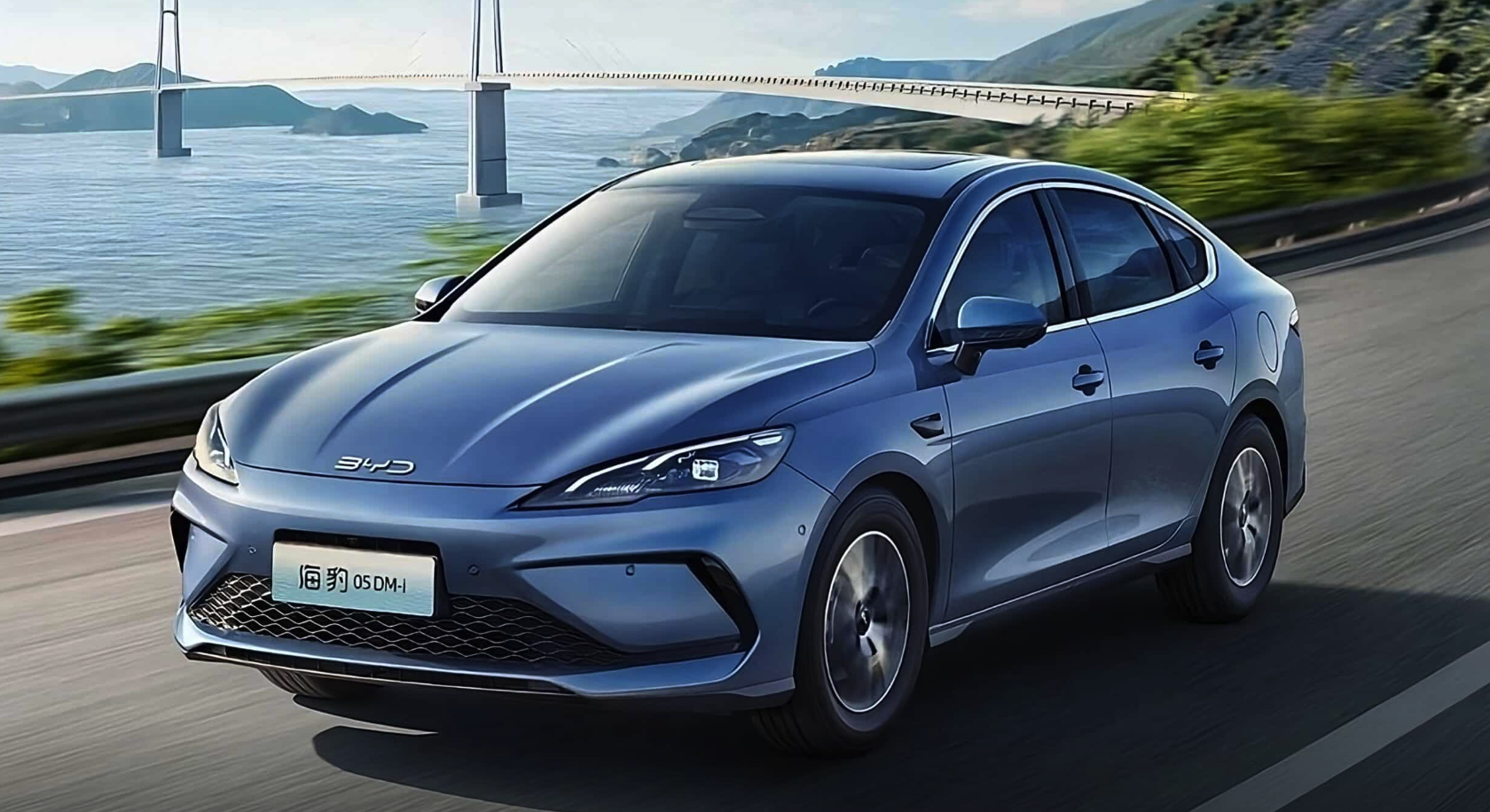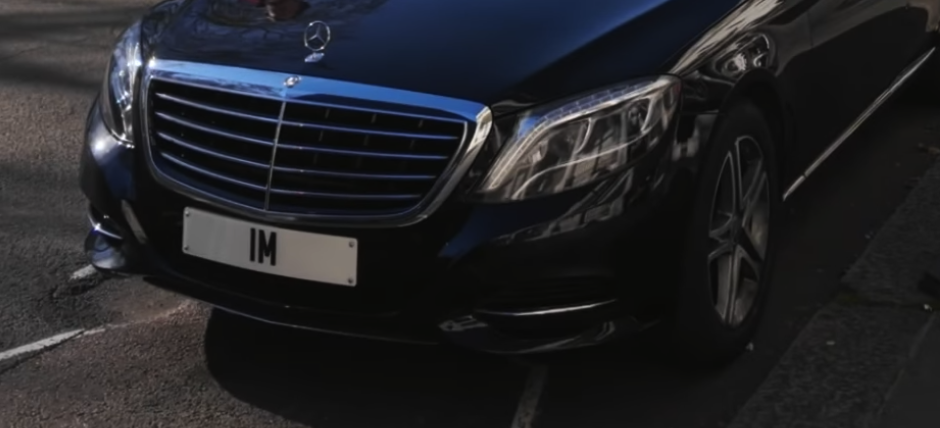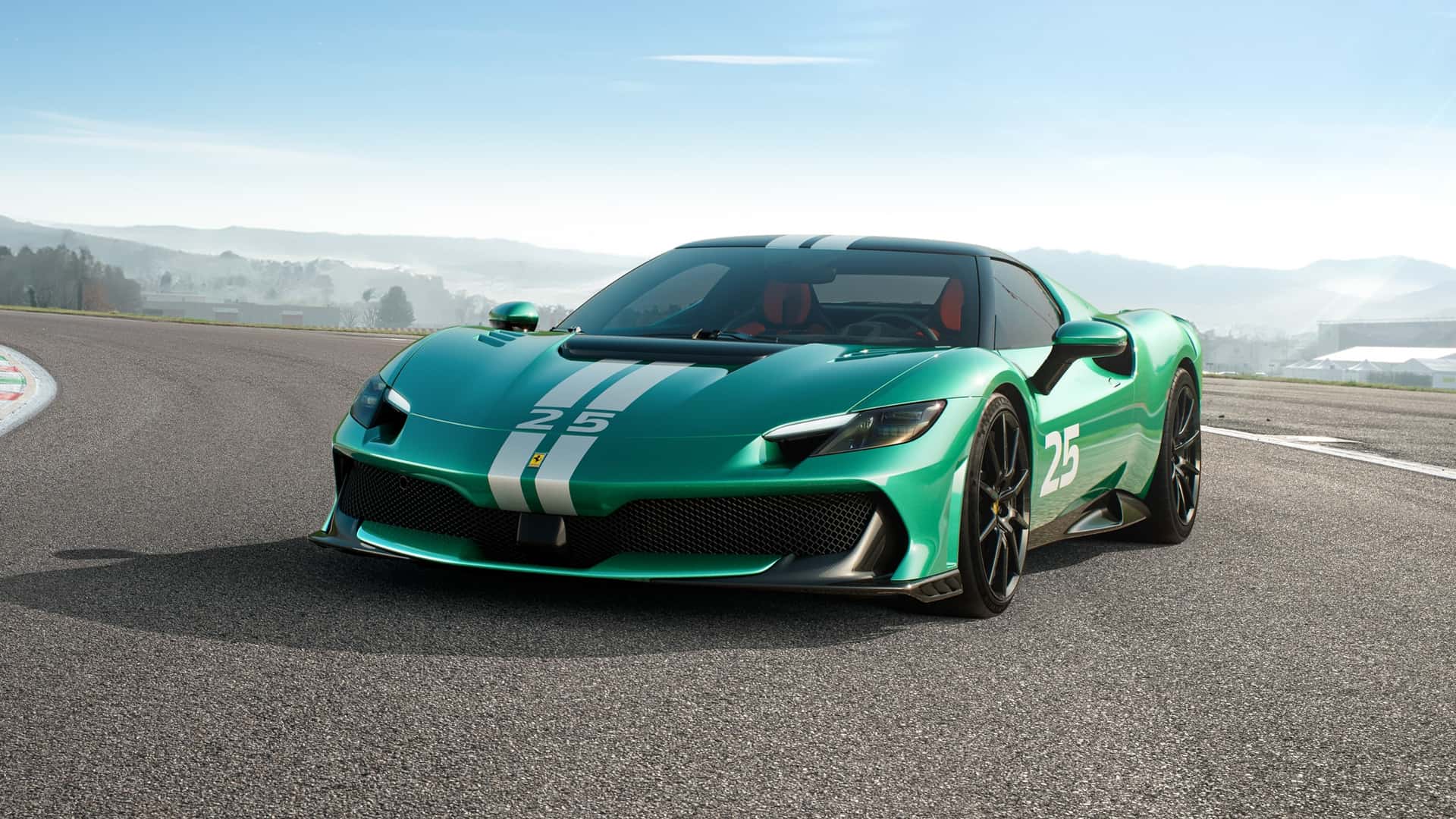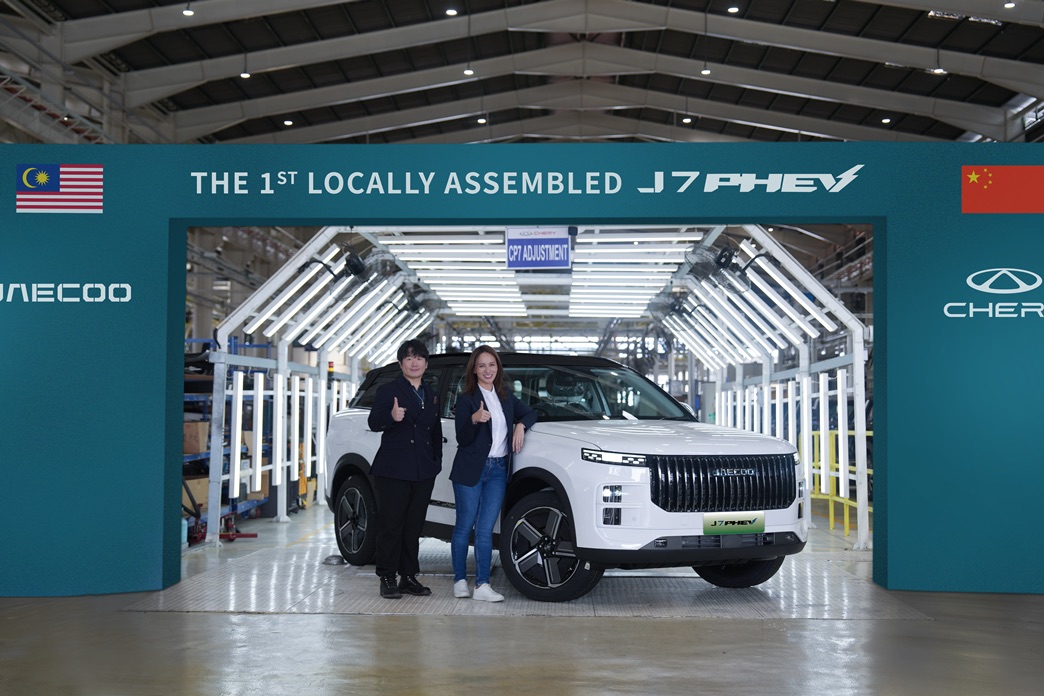The MK1 Ford Escort, a cherished icon of European motoring and rallying, is making a triumphant return, this time with a modern twist. Spearheaded by Boreham Motorworks, a U.K.-based automotive specialist renowned for its expertise in classic car restoration and cutting-edge engineering, the reborn Escort Mk1 fuses heritage with contemporary performance to captivate a new generation of enthusiasts.
In case anyone does not know, the MK1 1972 Ford Escort RS1600 was featured in Fast and Furious 6, driven by the late Paul Walker, which made the bridge jump.
This revival is part of a broader vision by Boreham Motorworks, which is also developing a modernized version of the Ford RS200, the legendary rally homologation special from the 1980s. As a member of the DRVN Automotive Group, Boreham Motorworks has built a reputation for exceptional restomod projects, including work on classics like the Ferrari F355 and Jaguar E-Type. The company also manages a Koenigsegg dealership in London.
Named the Escort Mk1 RS Continumod, this revival stays true to its legendary roots while integrating advanced technology and modern engineering. The car’s design pays homage to the original, crafted using authentic blueprints and design materials. Each vehicle is equipped with a continuation VIN approved by Ford, affirming its status as a true extension of the Mk1 legacy. Beneath its classic exterior lies a newly designed chassis that seamlessly blends vintage aesthetics with state-of-the-art performance enhancements.
The Escort Mk1 RS Continumod is set to debut its first prototype by mid-2025, with production scheduled to commence later that year. Limited to just 150 units worldwide, this exclusive collector’s item comes with a price tag of £295,000 (approximately RM1,679,000), highlighting its bespoke craftsmanship and rarity.
For powertrain options, buyers can choose between two inline-four engines. The 1.8-liter configuration produces 182bhp, offering a nostalgic yet capable driving experience. For those seeking a more exhilarating performance, the 2.1-liter variant delivers an impressive 296bhp. Despite the modest power figures by modern standards, the car’s lightweight construction—just 800 kilograms—ensures an agile and spirited drive. Both engine options are paired with manual transmissions, featuring a 4-speed for the standard model and a 5-speed for the high-performance variant, channeling power exclusively to the rear wheels to preserve the original Mk1’s renowned dynamics.
Inside, the Escort Mk1 RS Continumod blends vintage charm with modern convenience. The dashboard retains the low, horizontal design of the original, evoking a sense of spaciousness, while analog gauges are complemented by a centrally mounted digital infotainment screen. Buyers can opt for left- or right-hand-drive configurations, making the car accessible to enthusiasts worldwide.
The Escort Mk1 RS Continumod represents the perfect fusion of heritage and modern innovation, offering a driving experience that is both nostalgic and exhilarating. With its limited production and meticulous craftsmanship, this modern masterpiece ensures the Ford Escort Mk1’s enduring legacy continues to inspire and delight collectors and enthusiasts around the globe.





